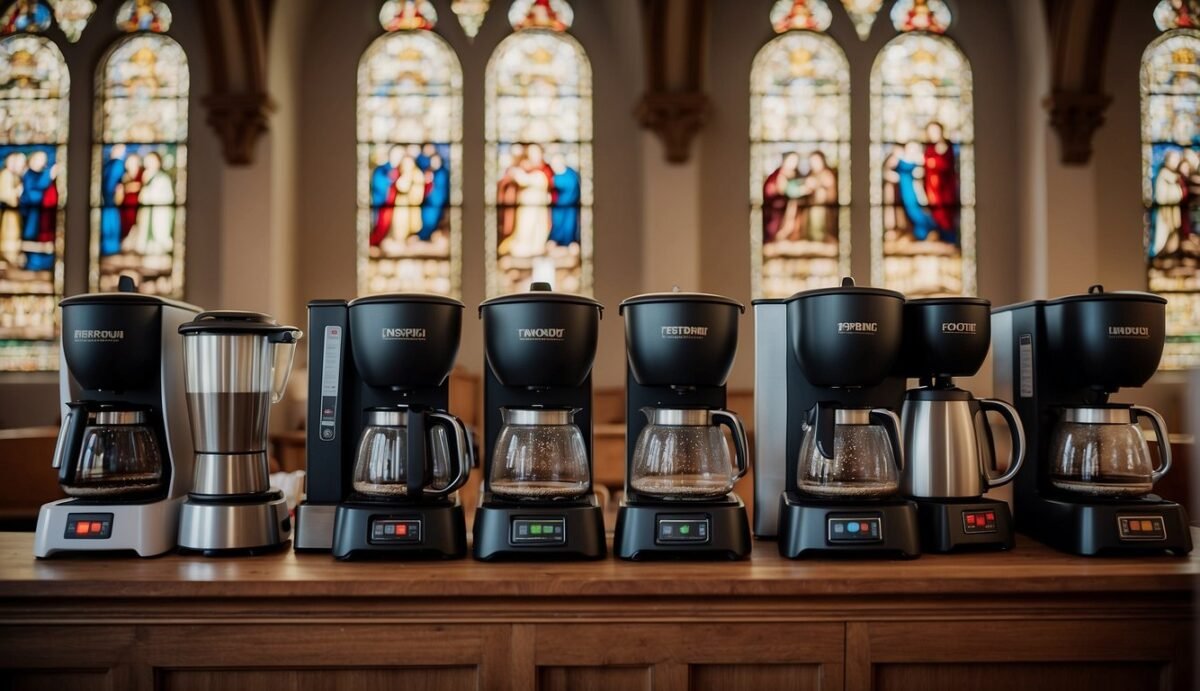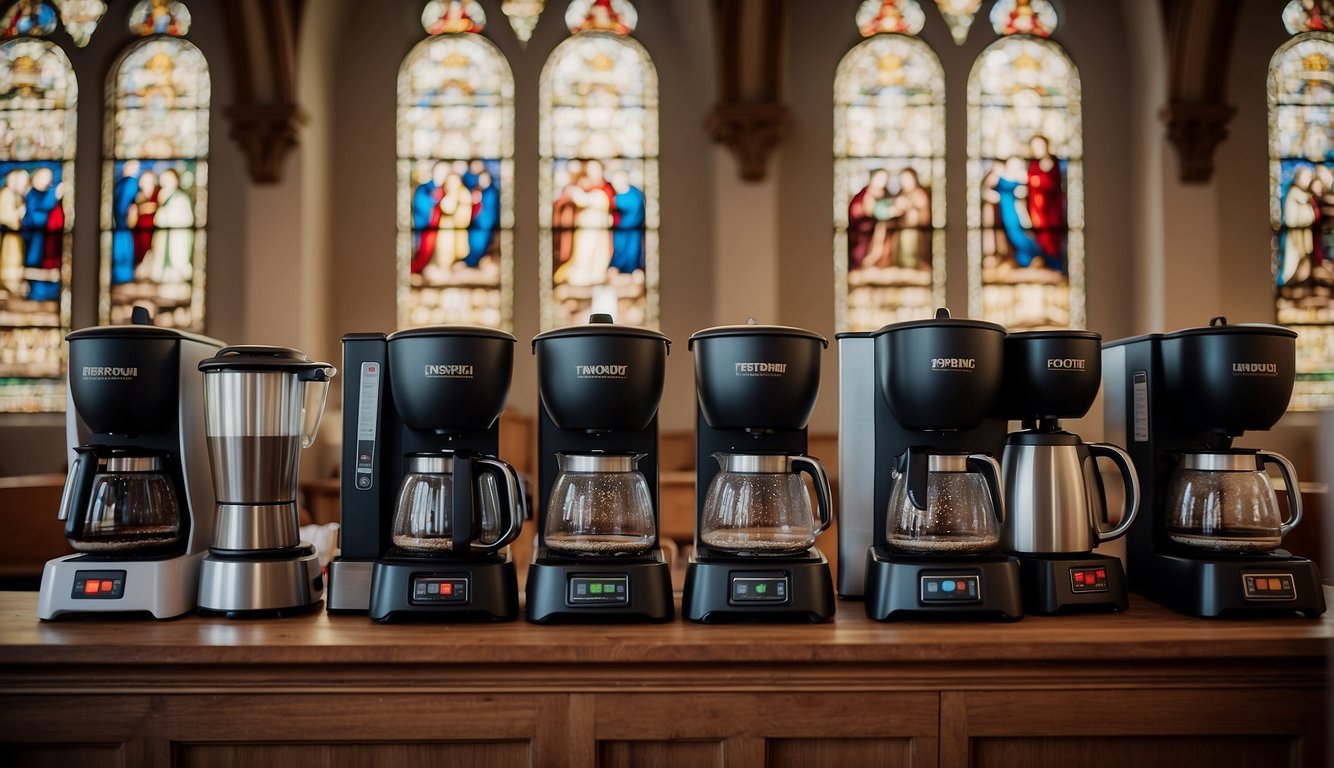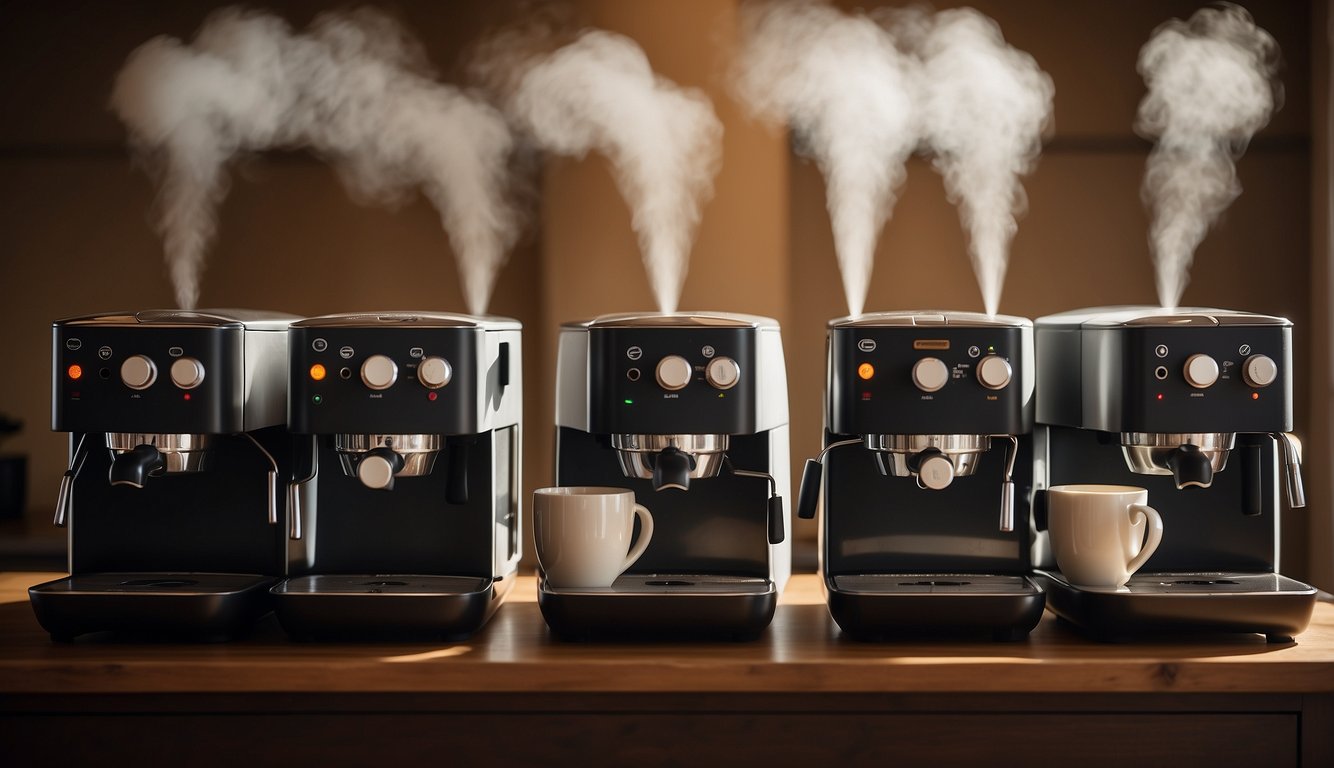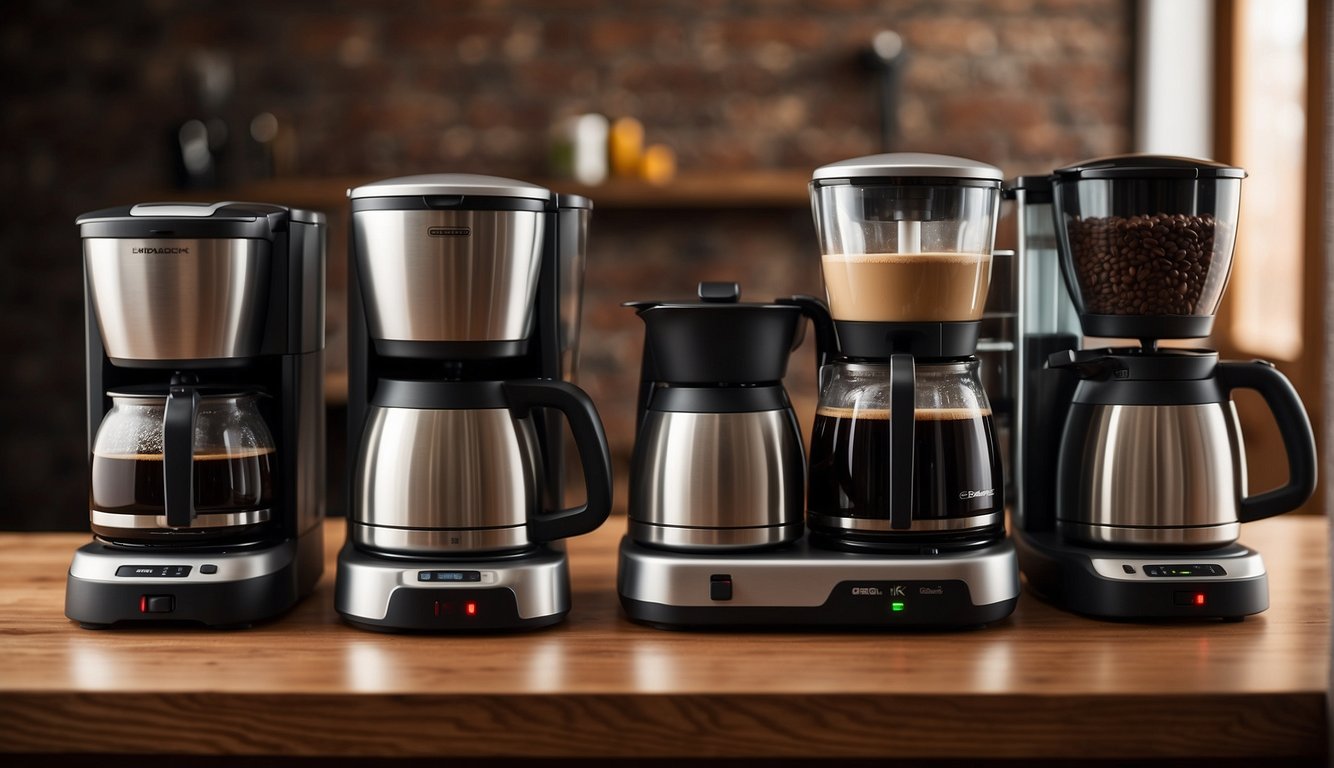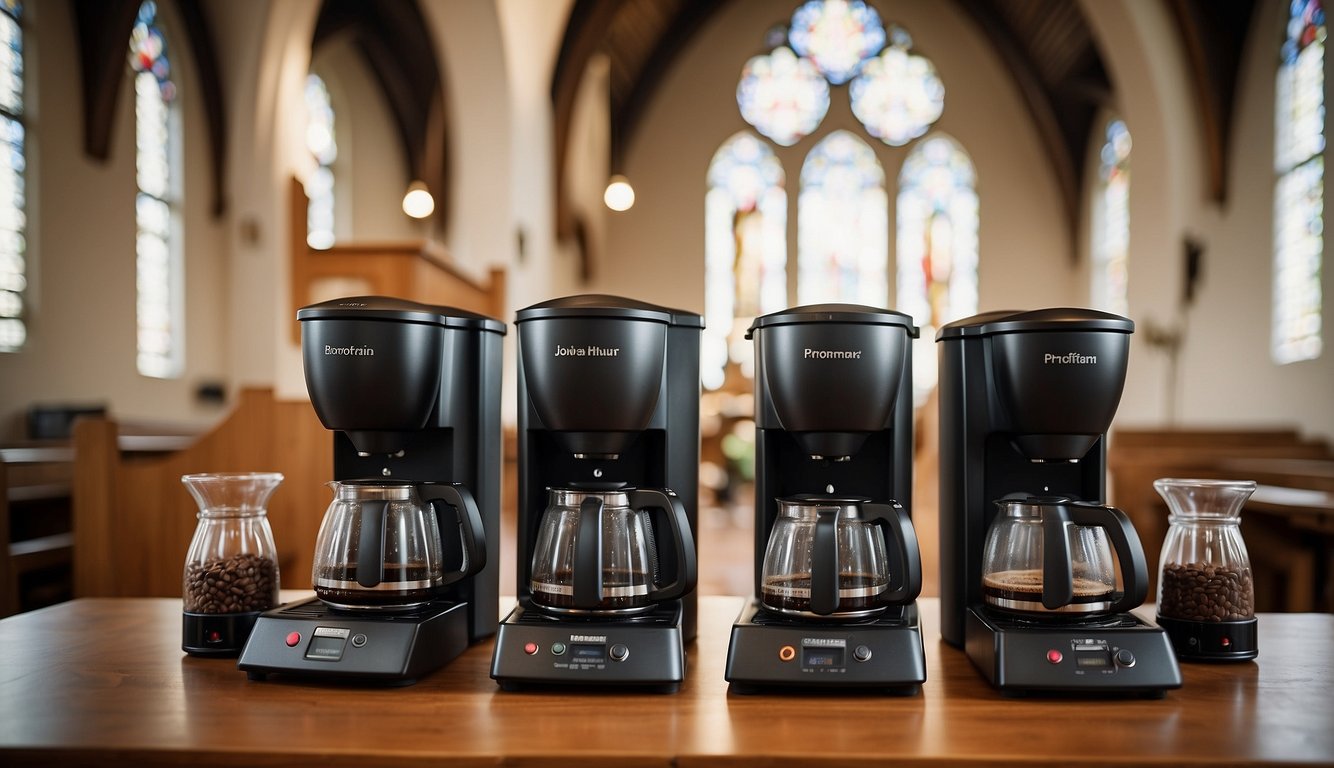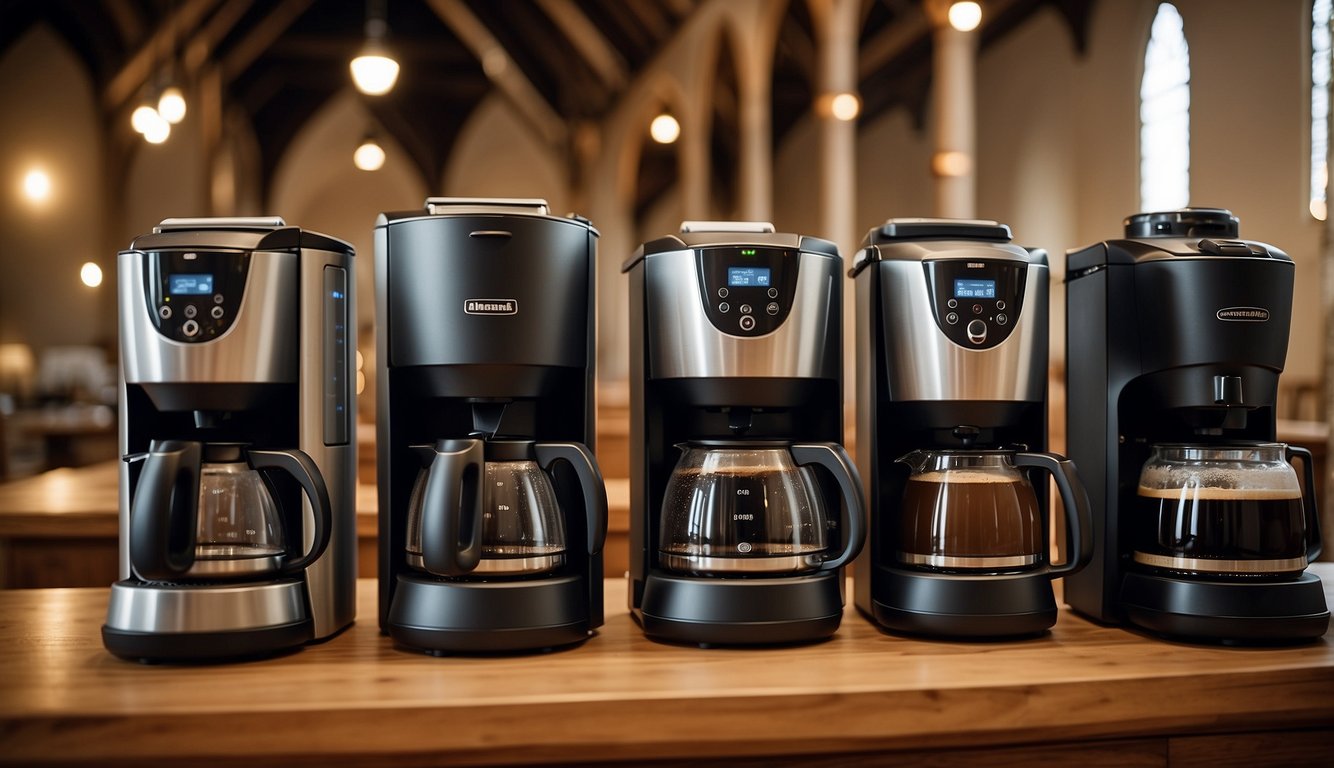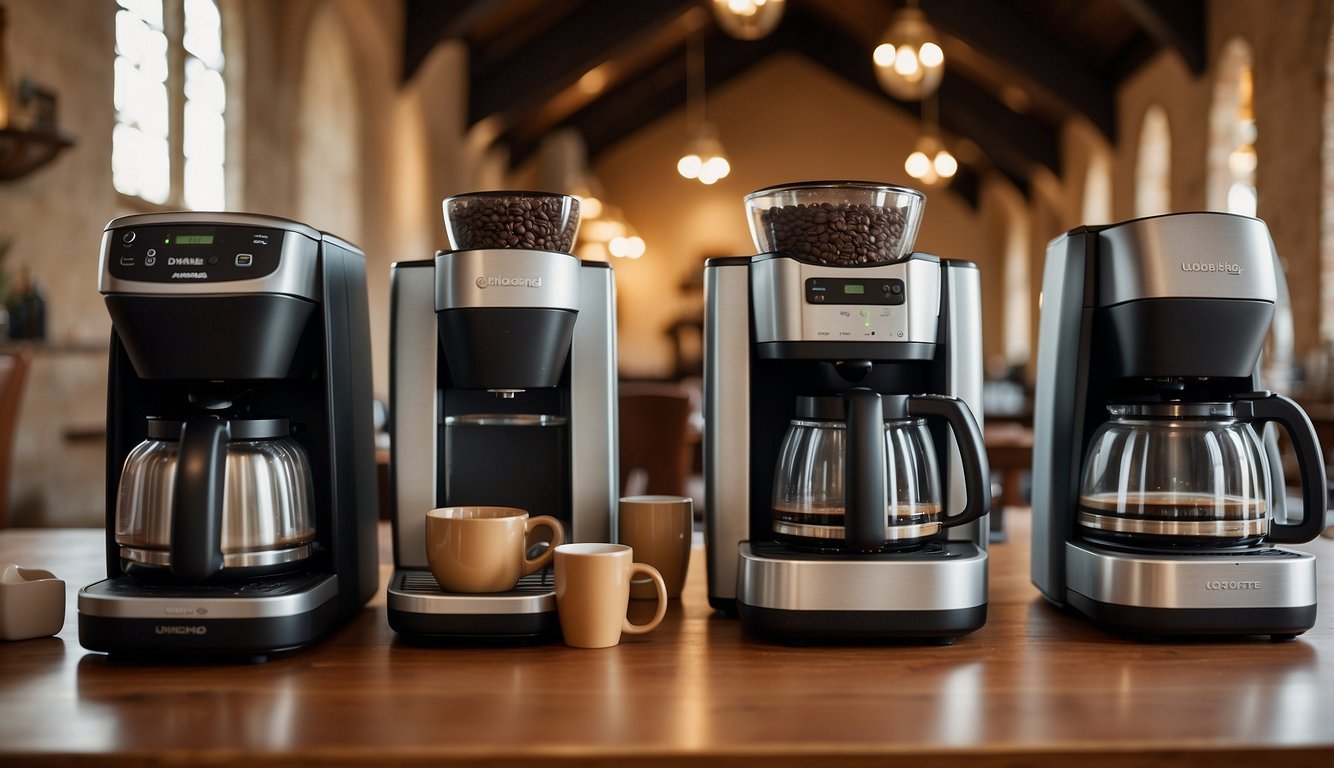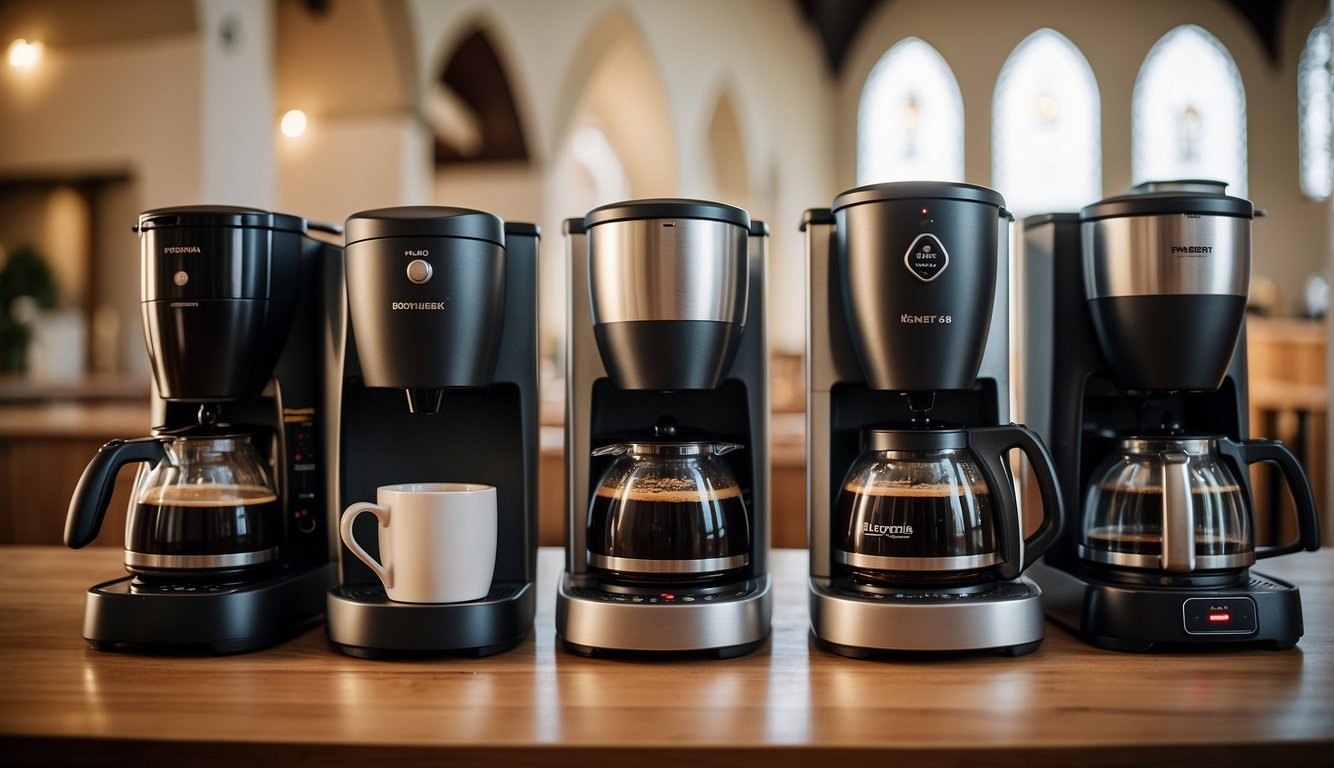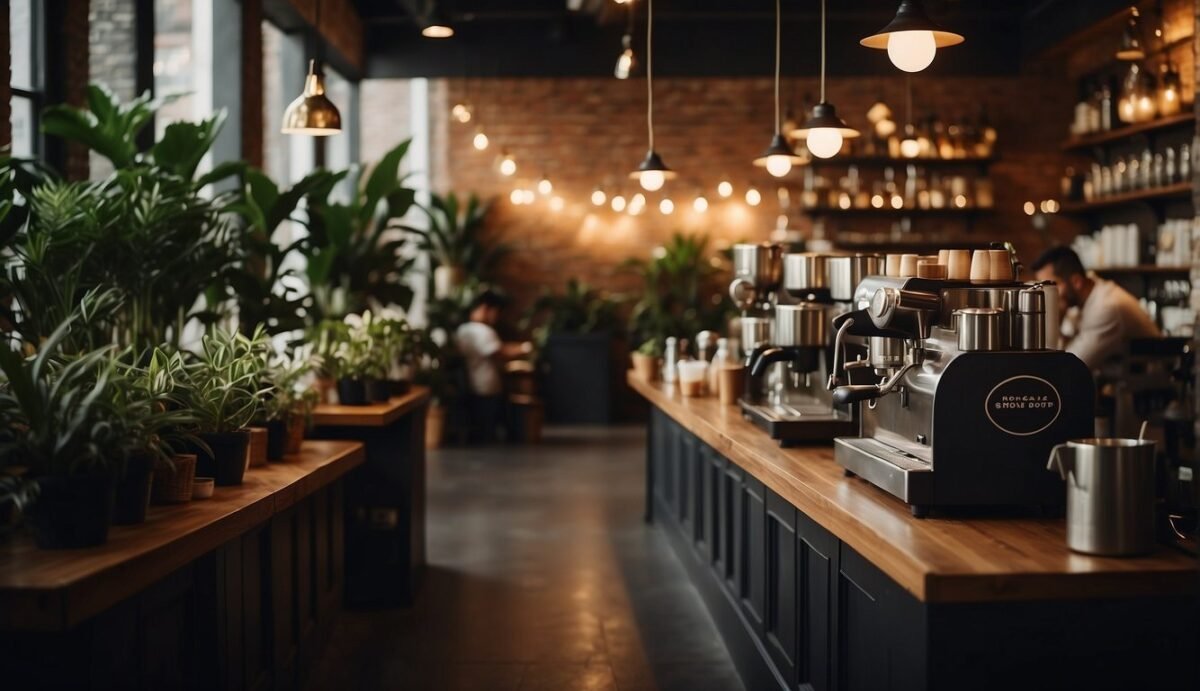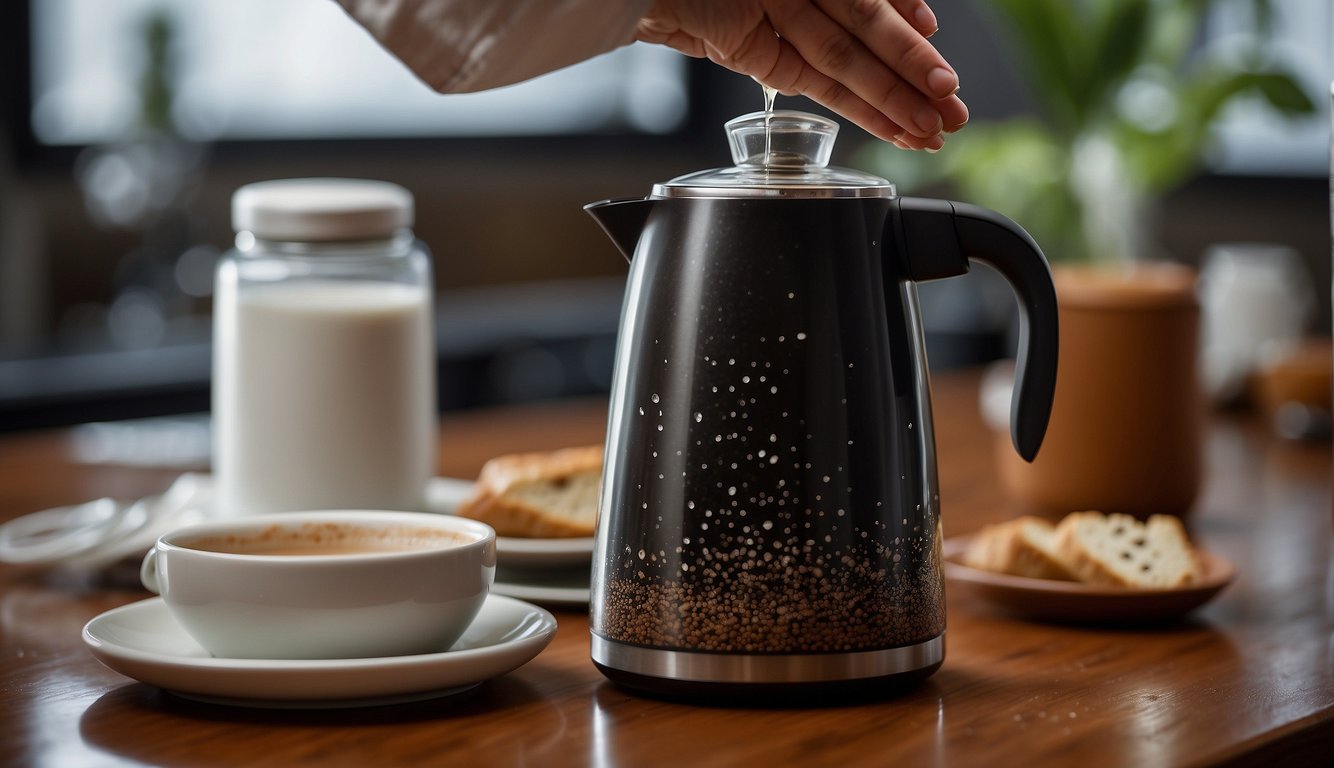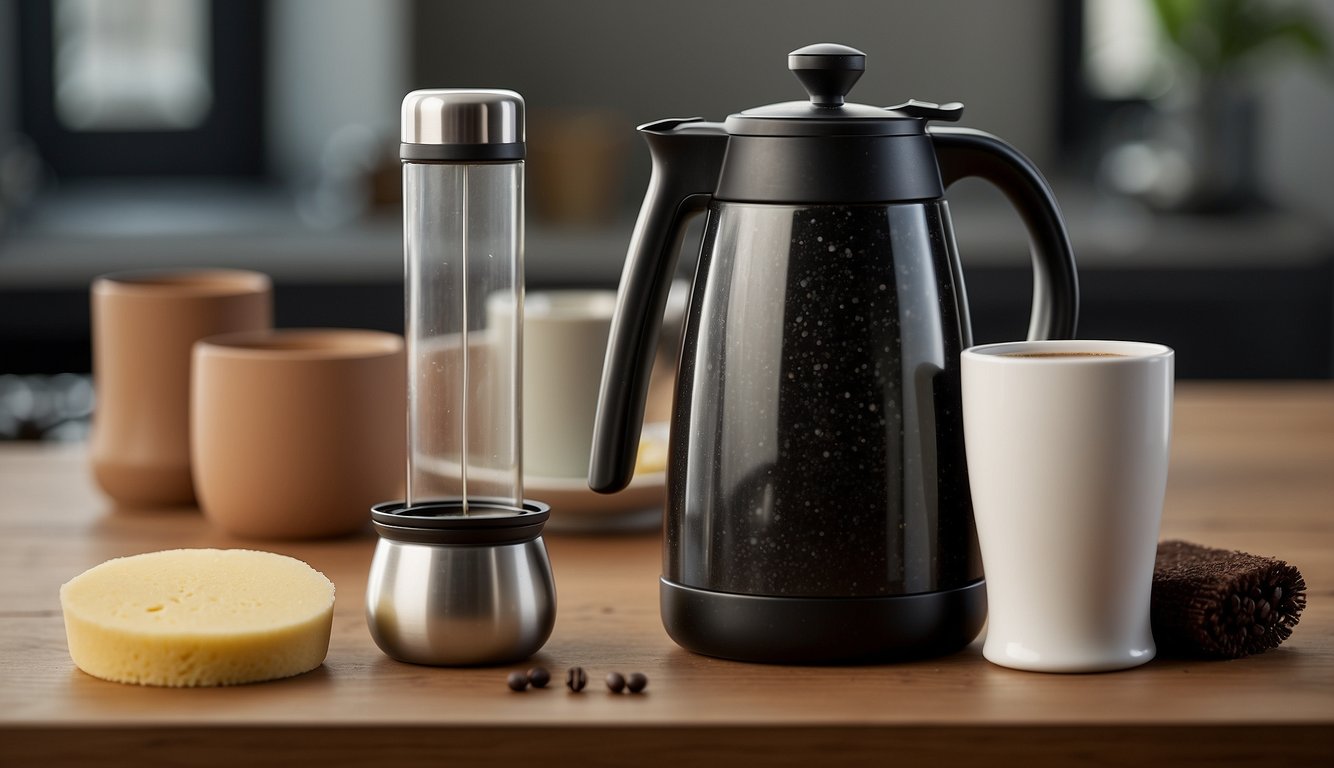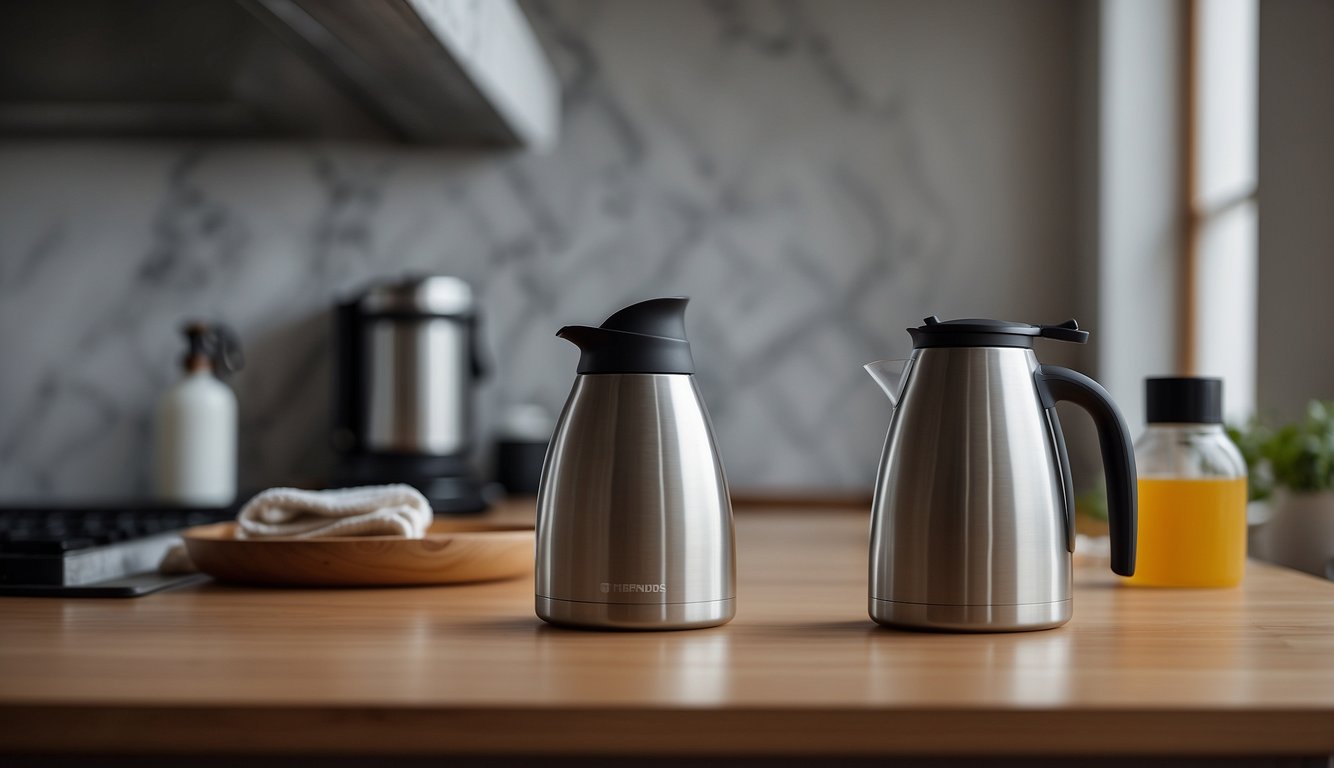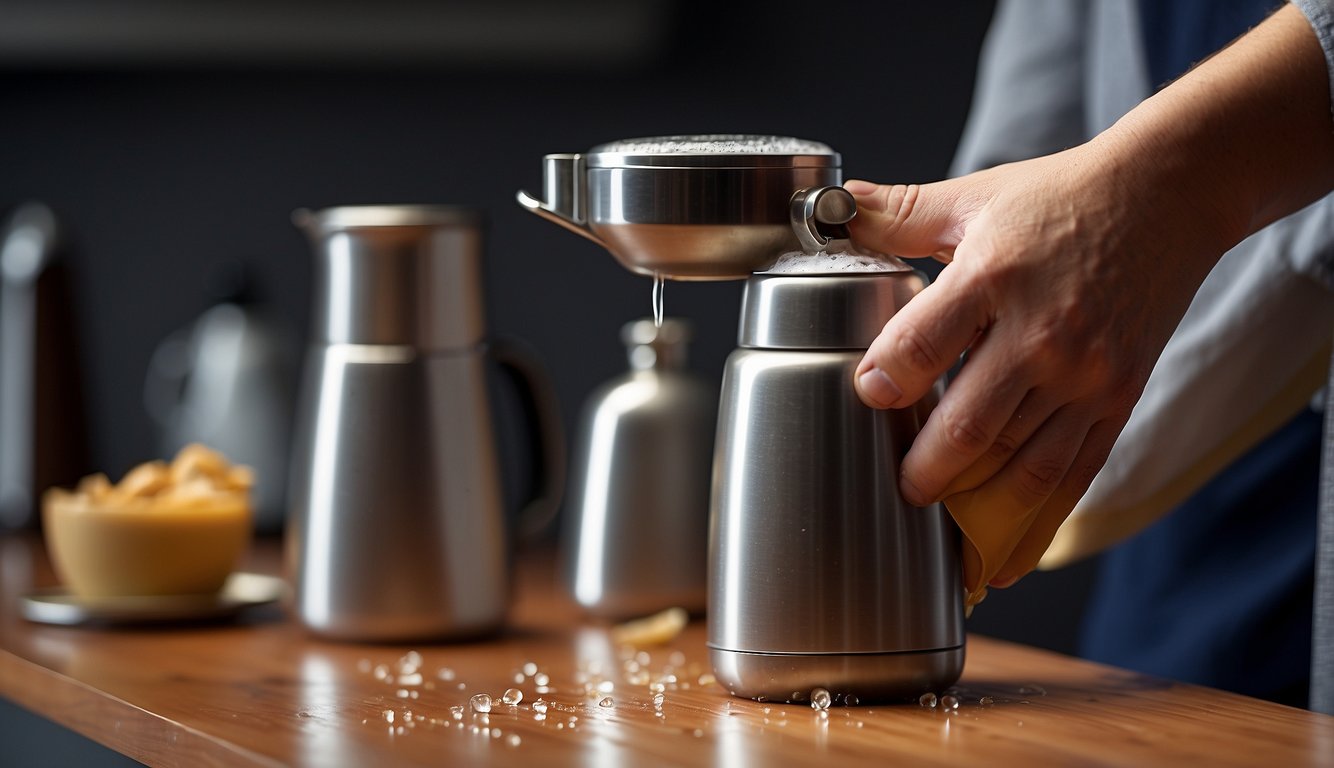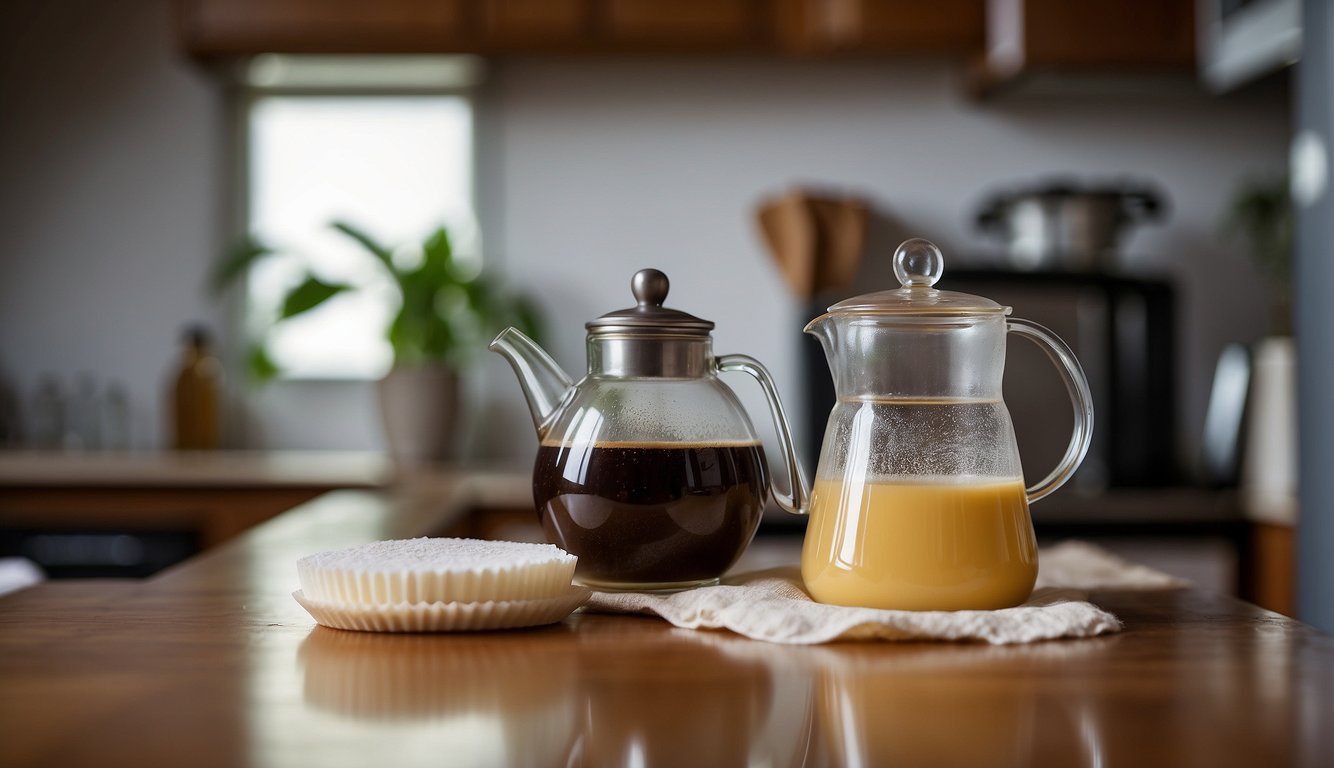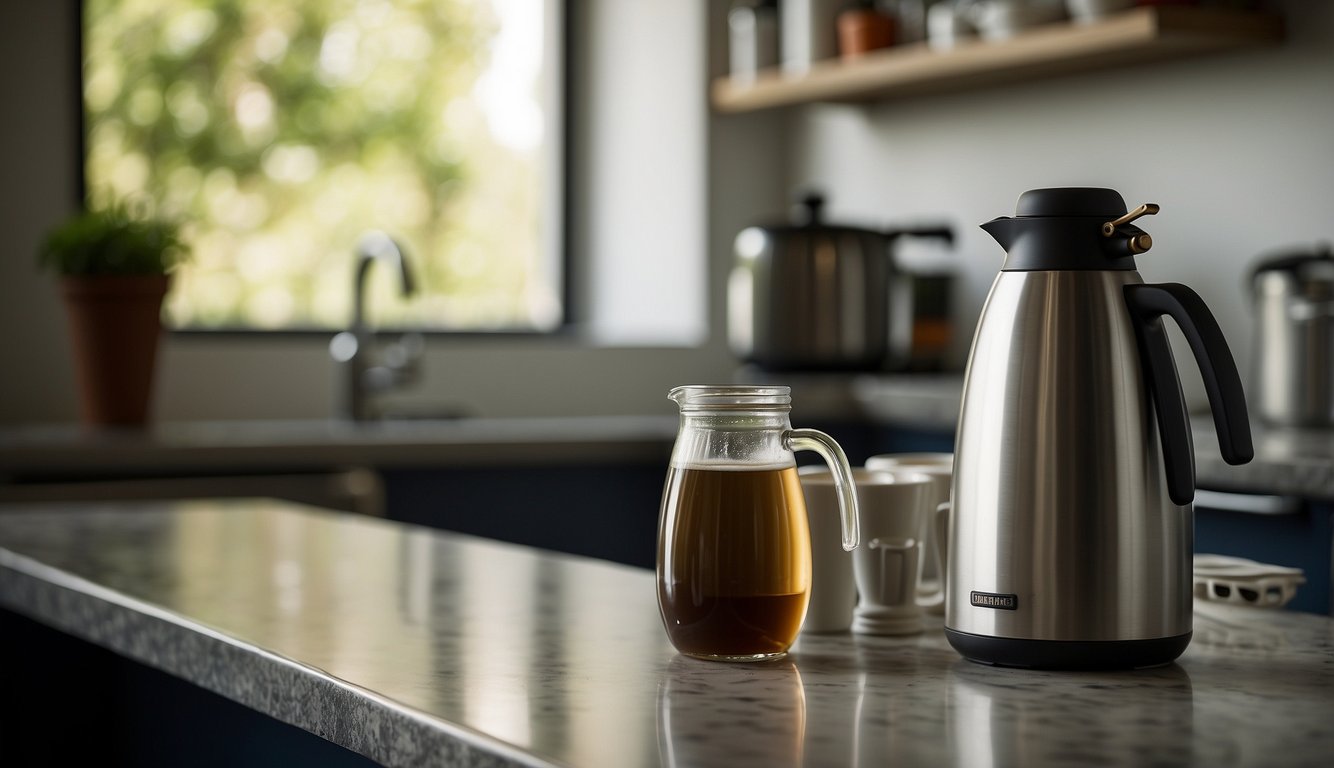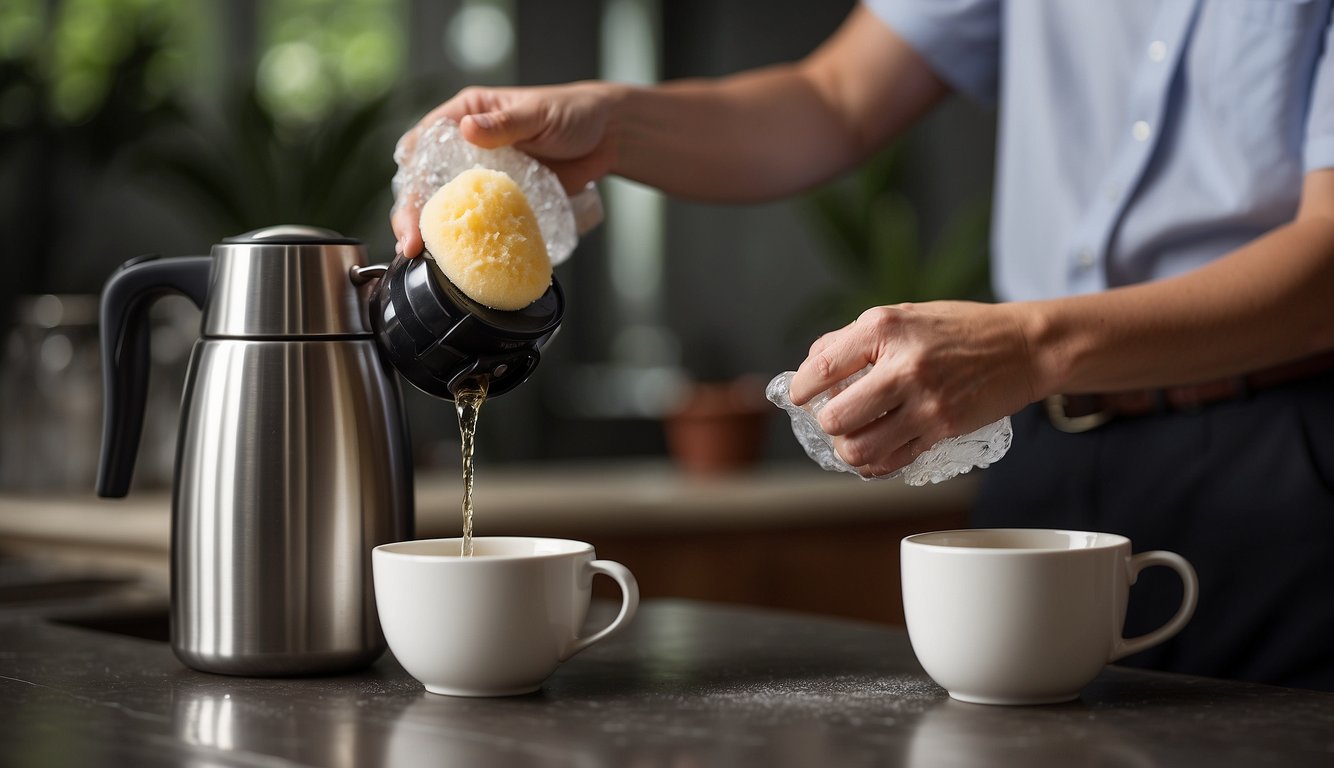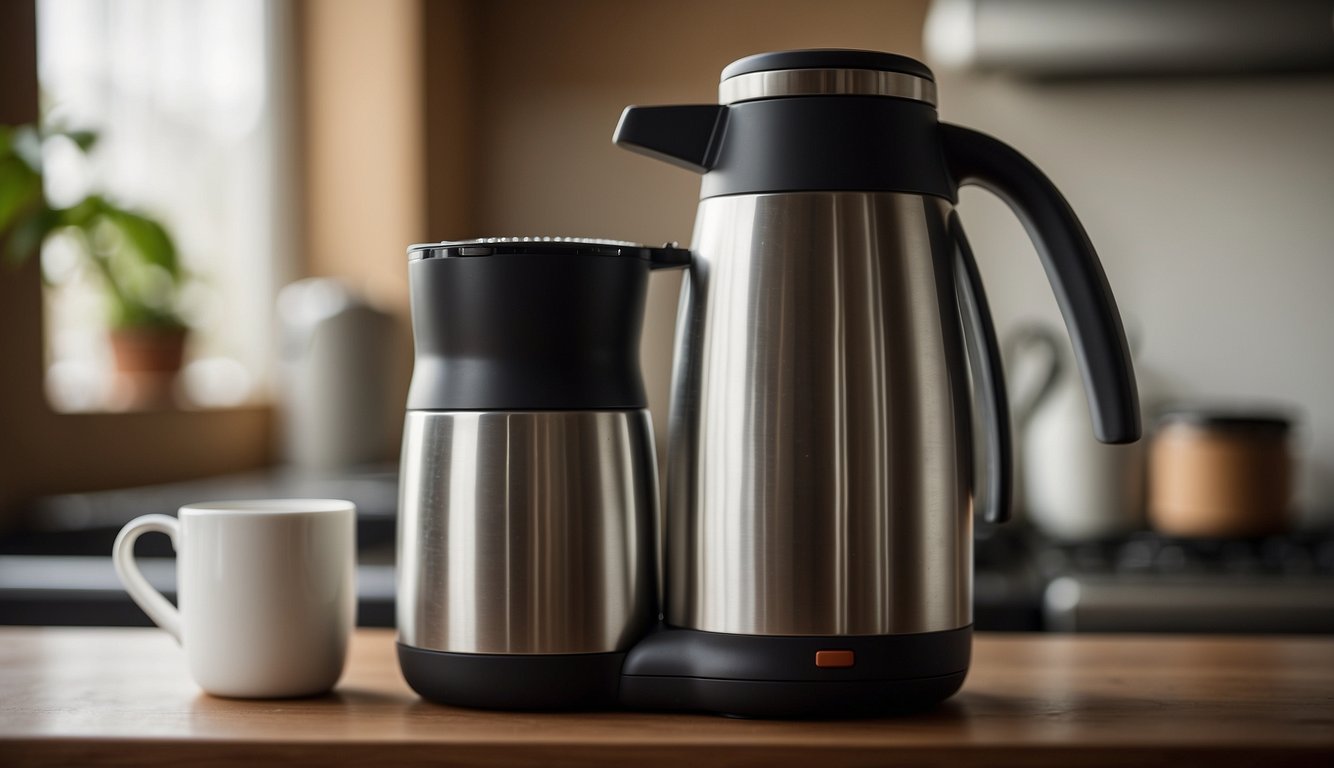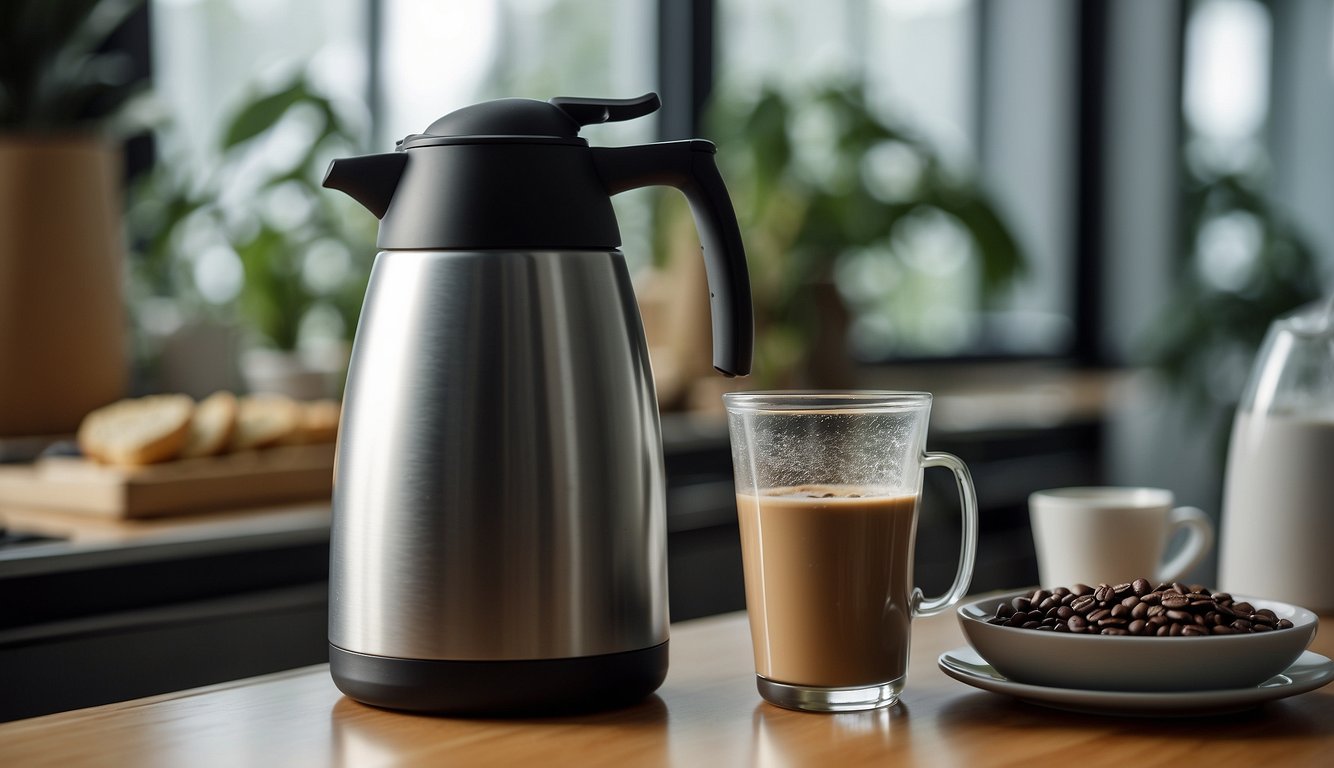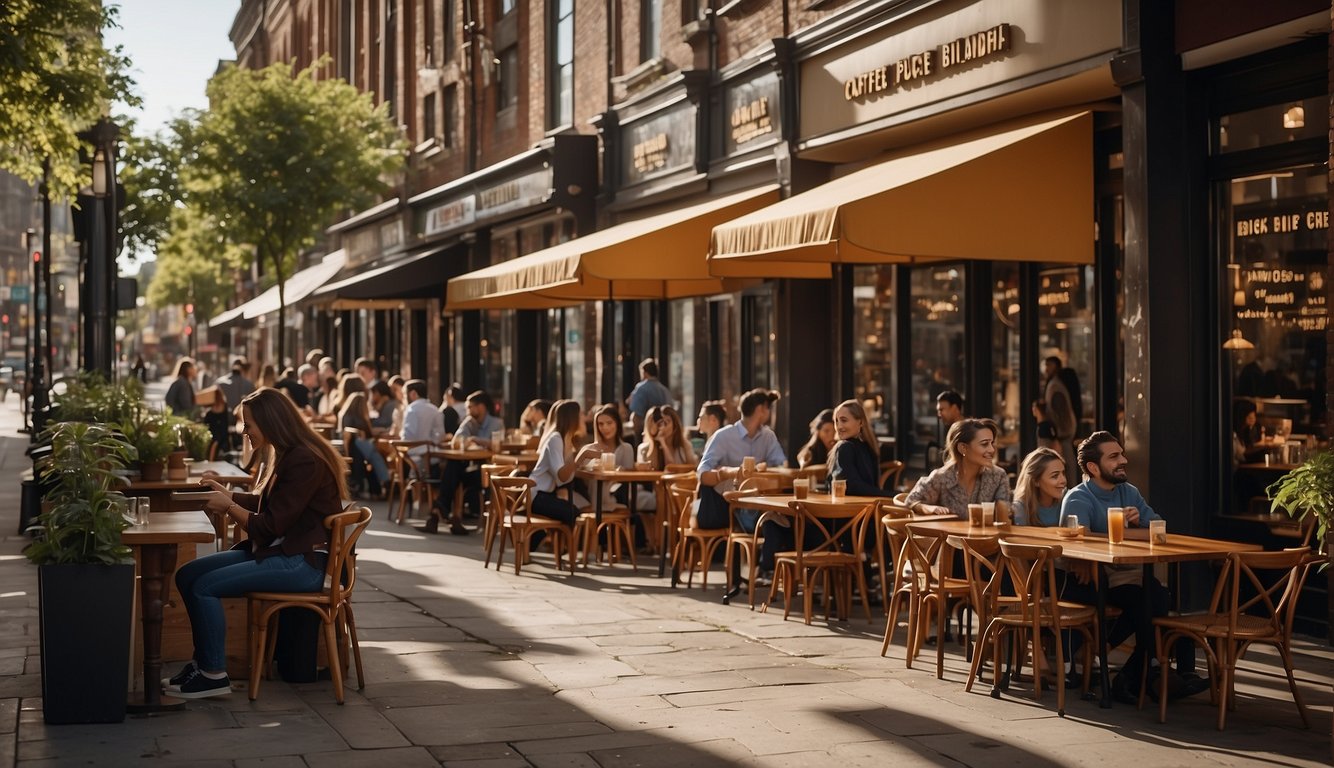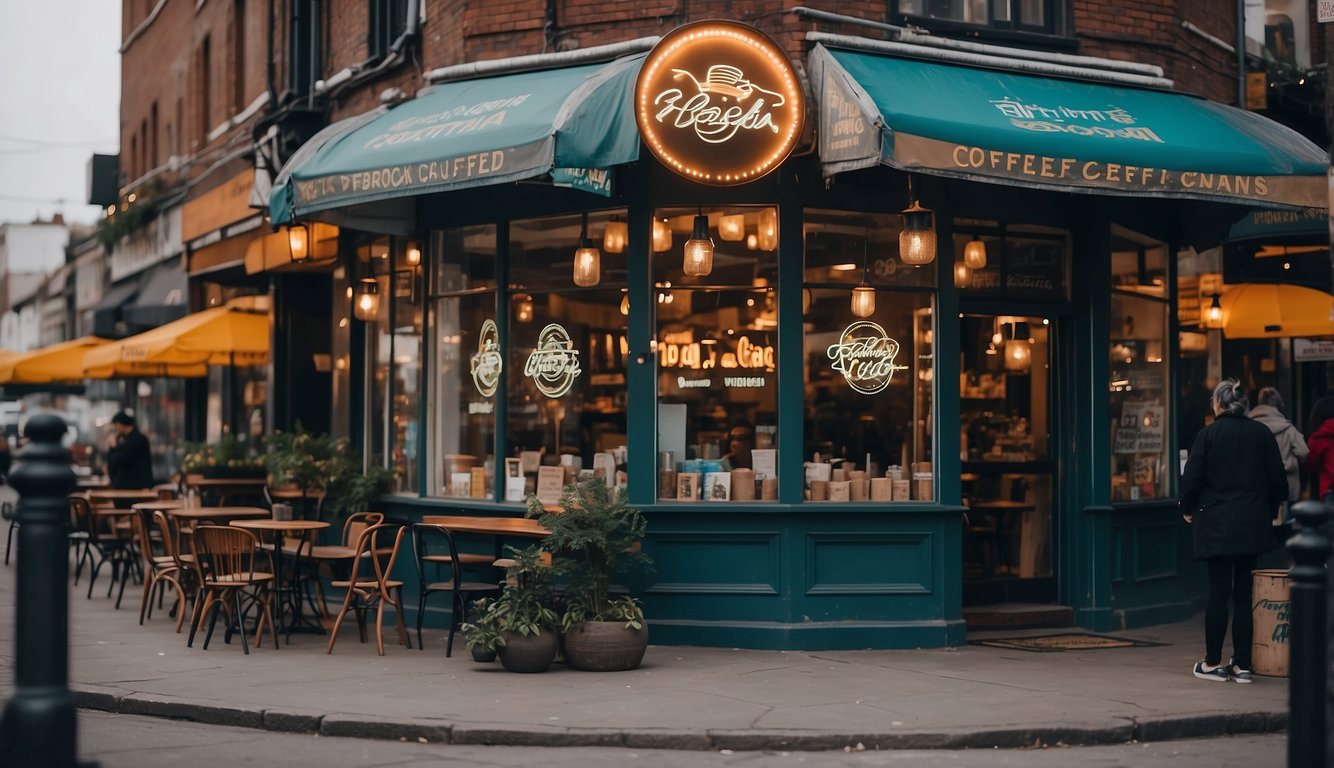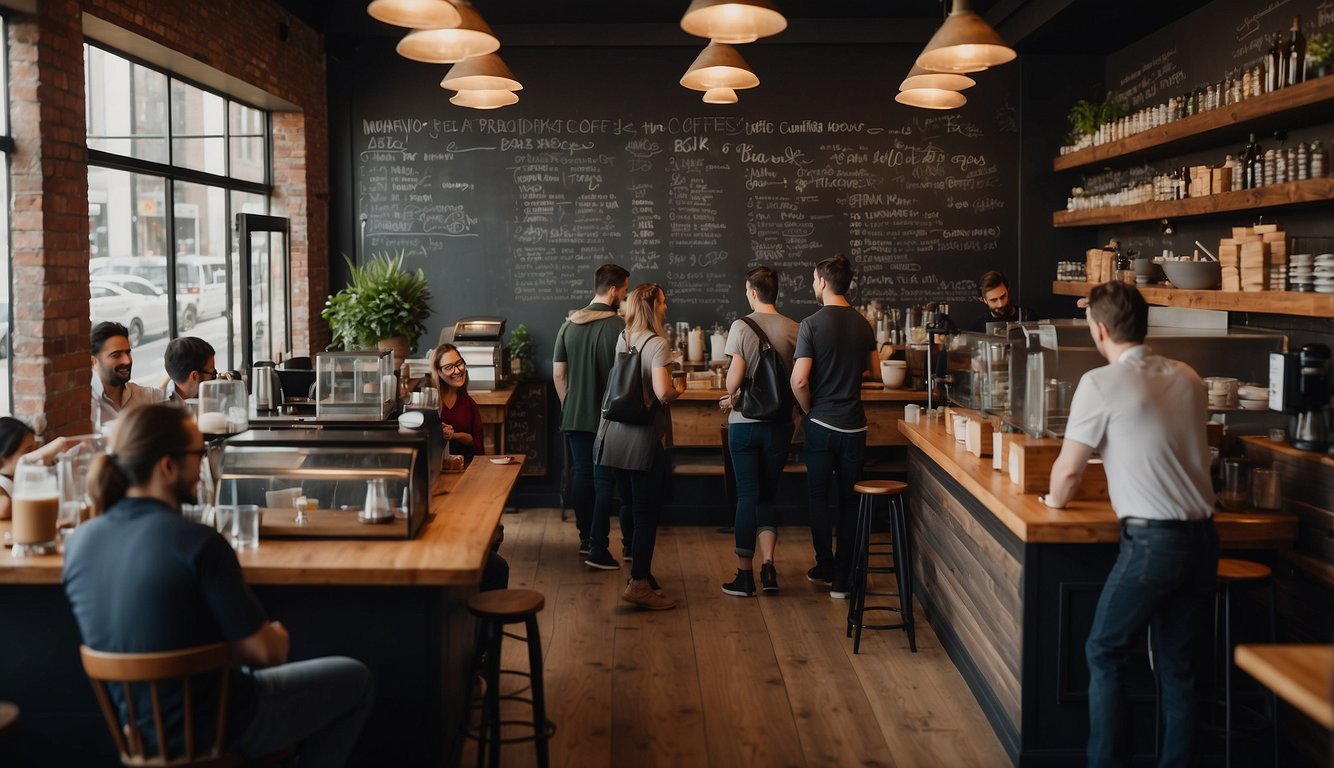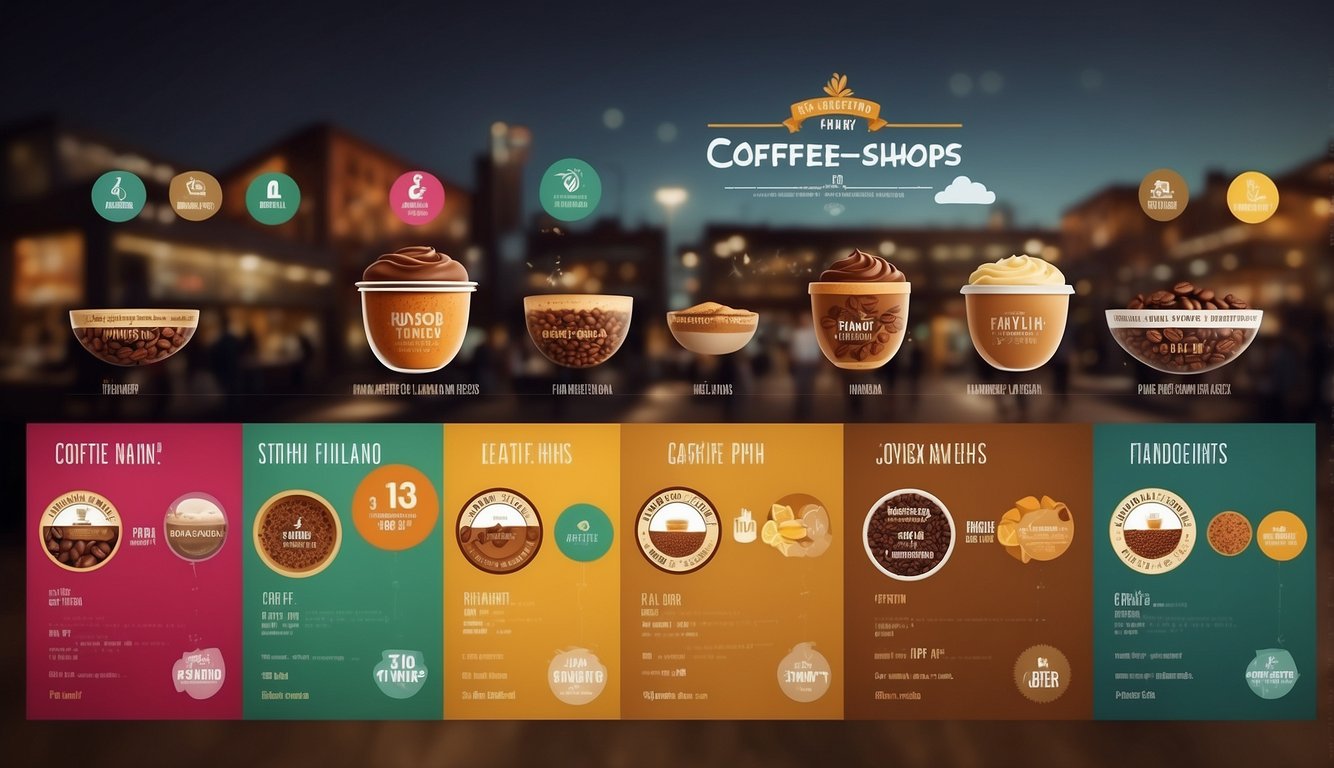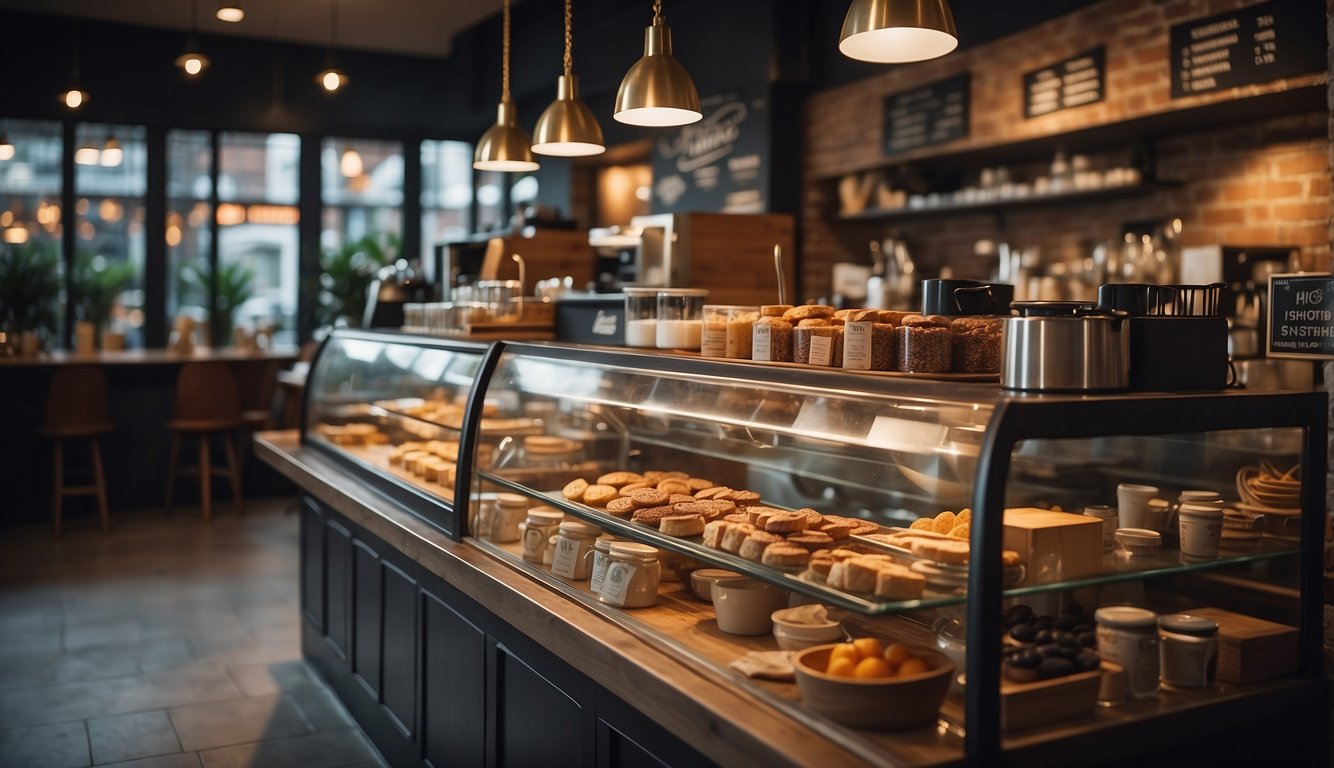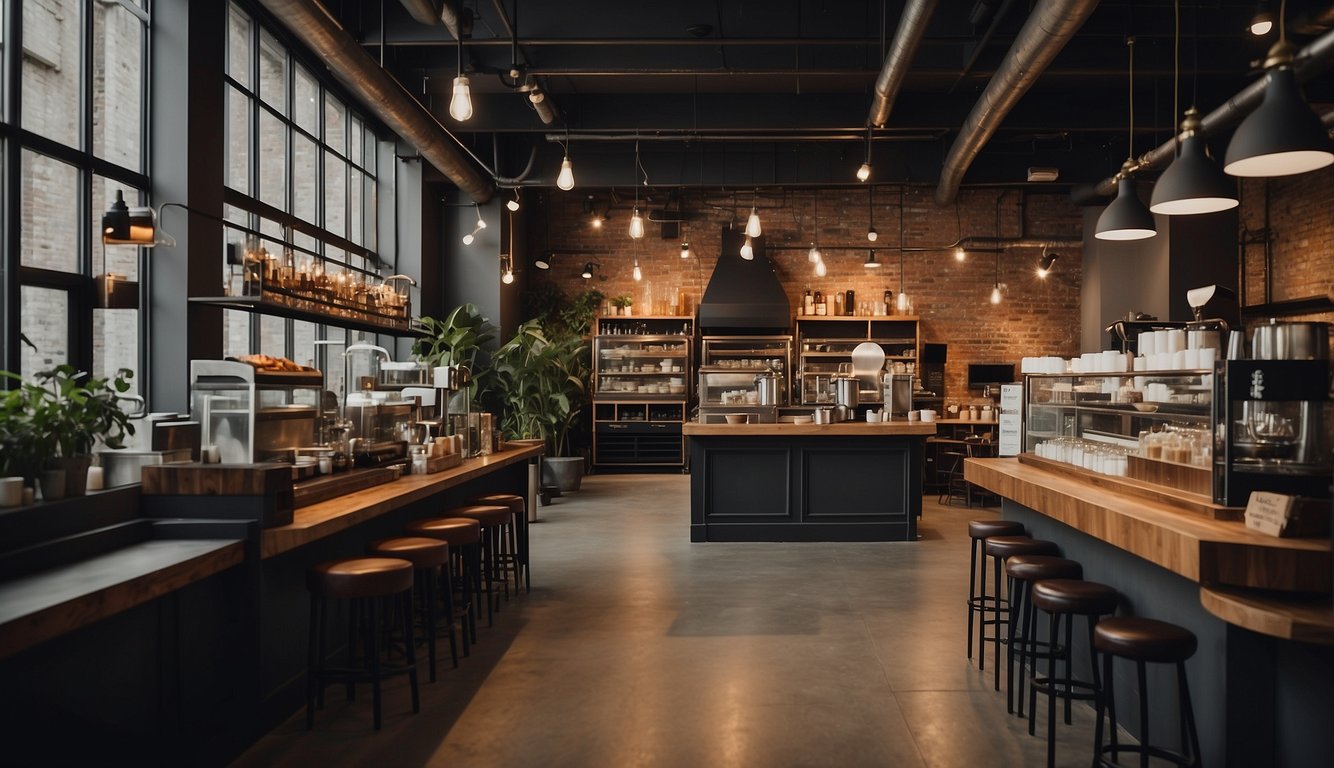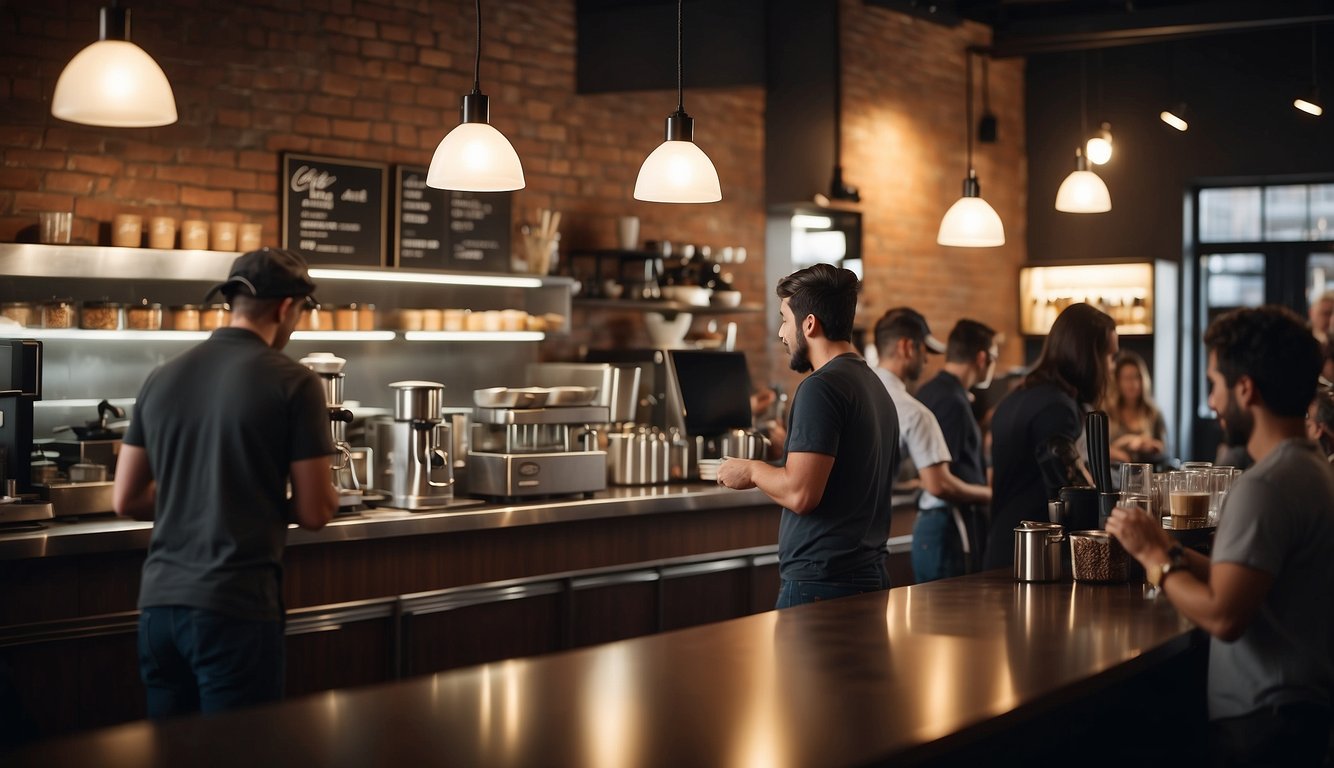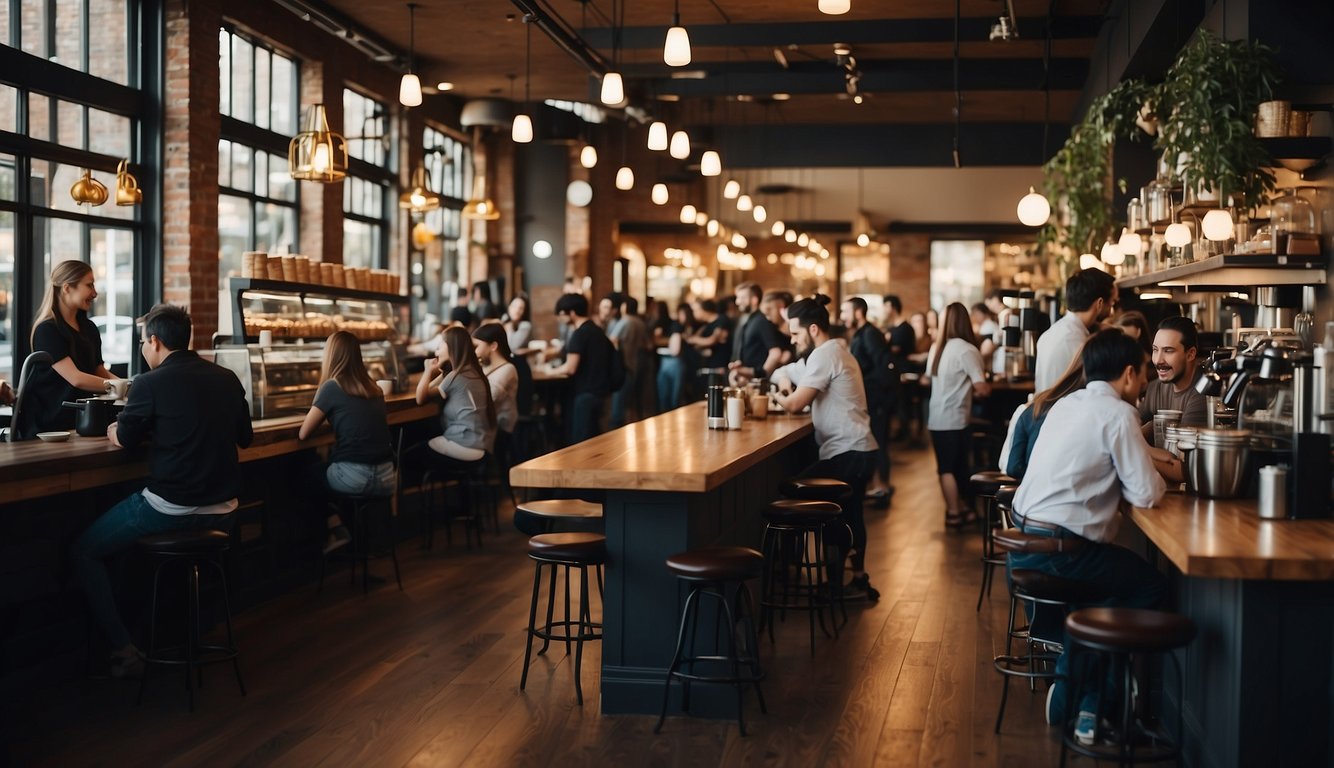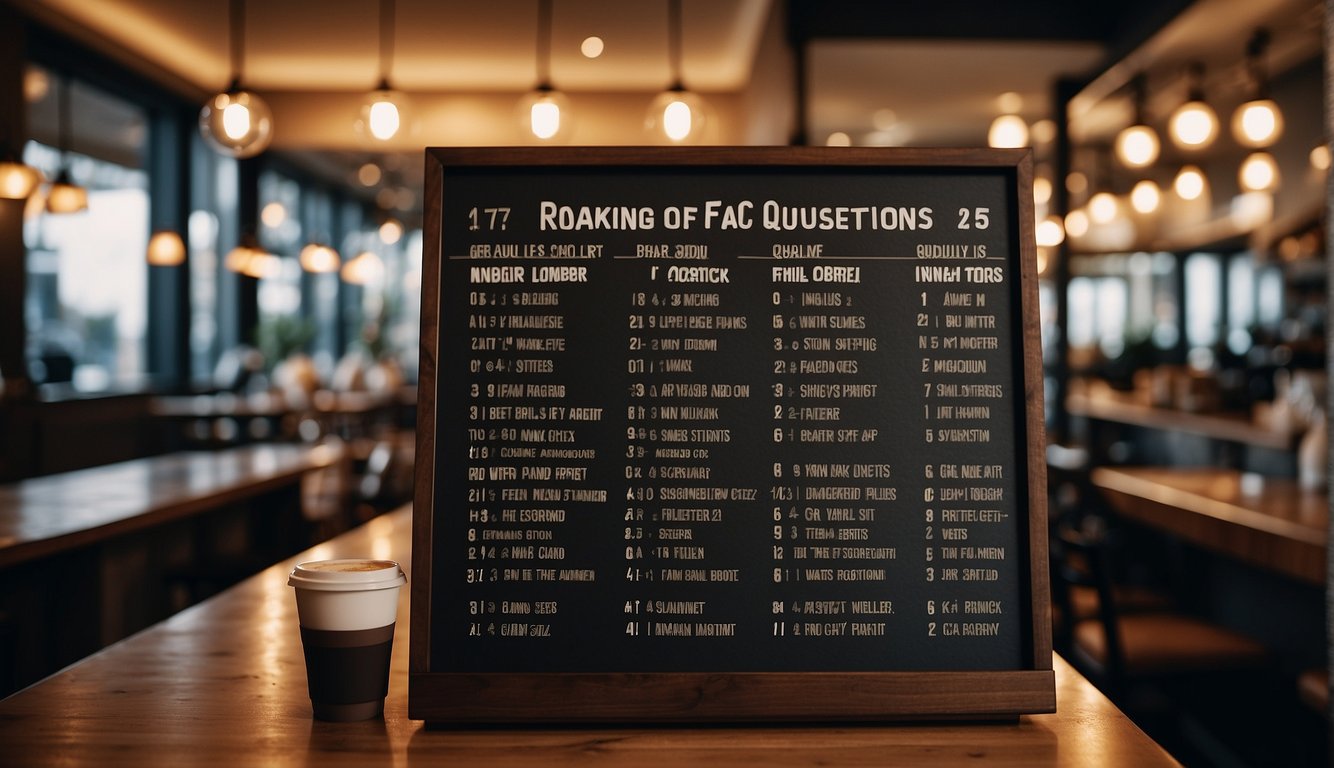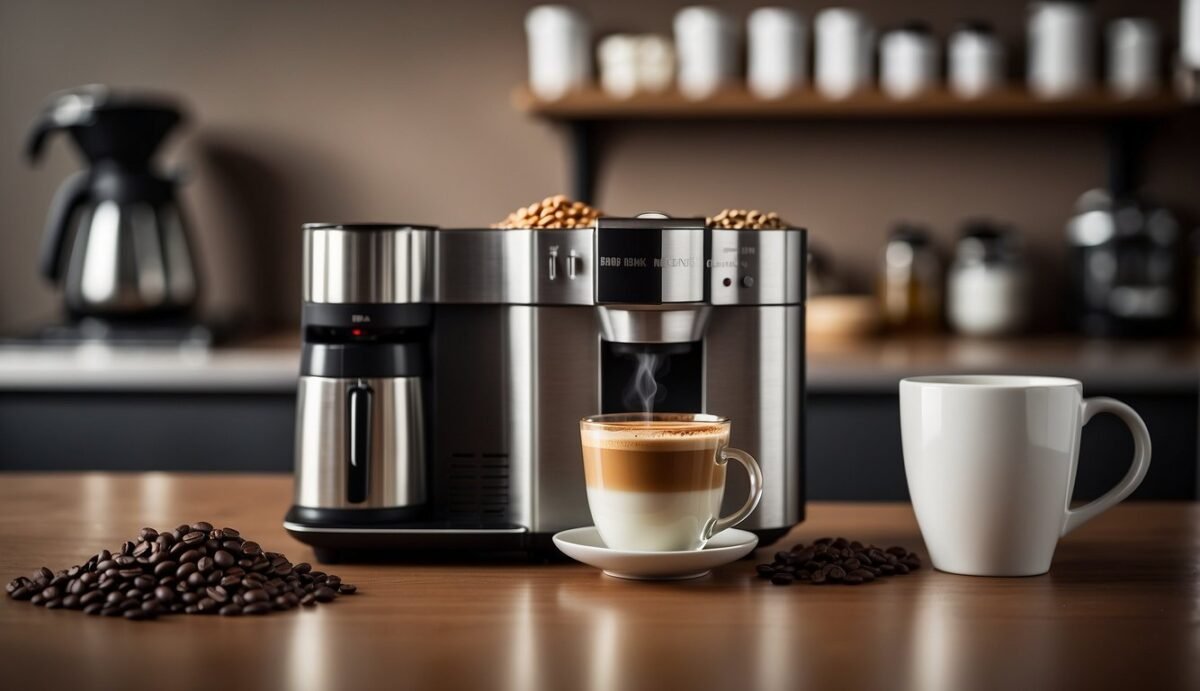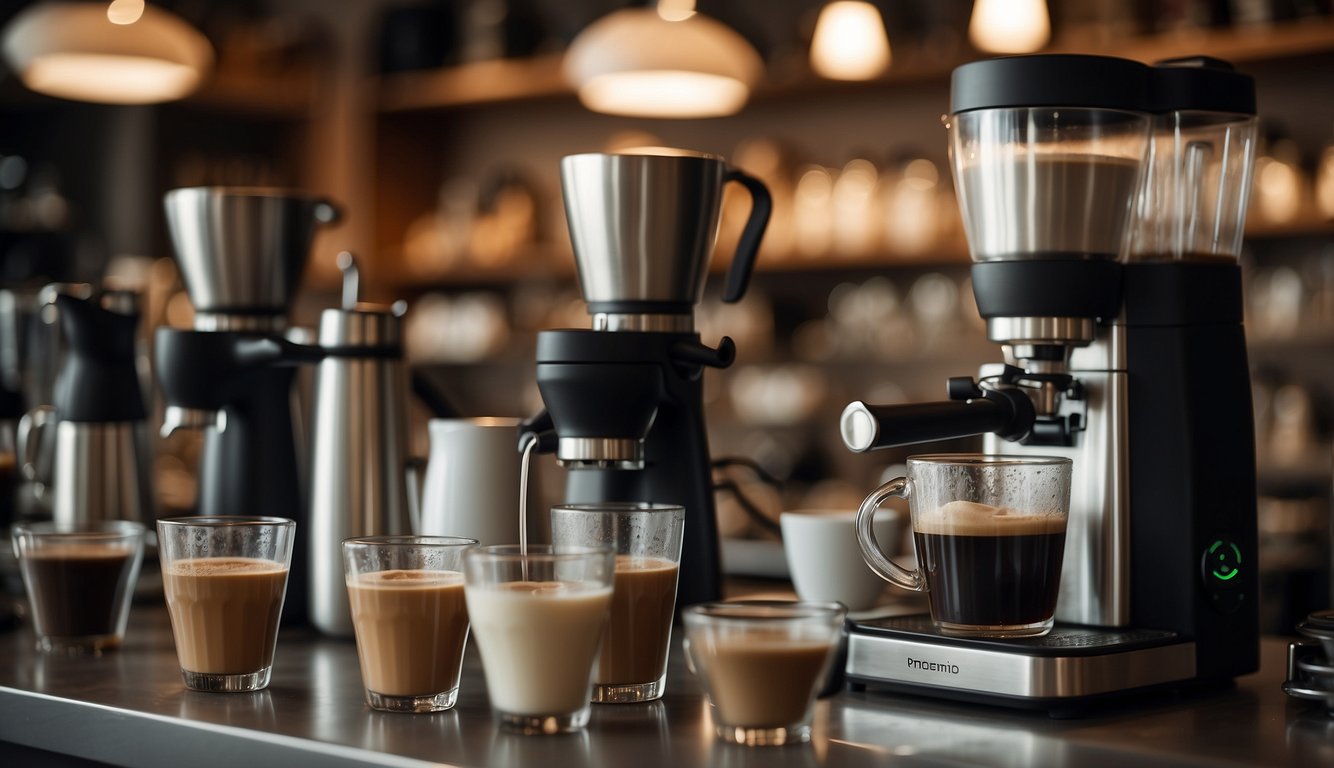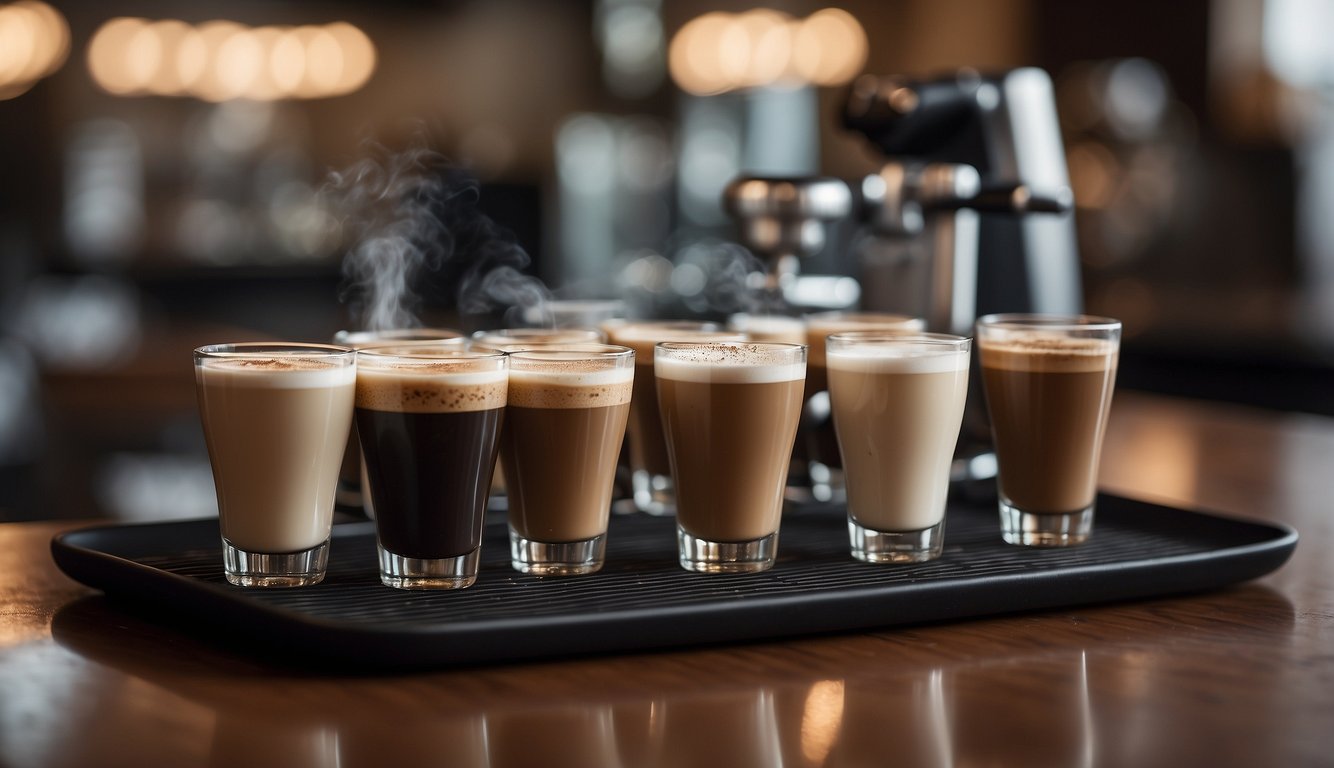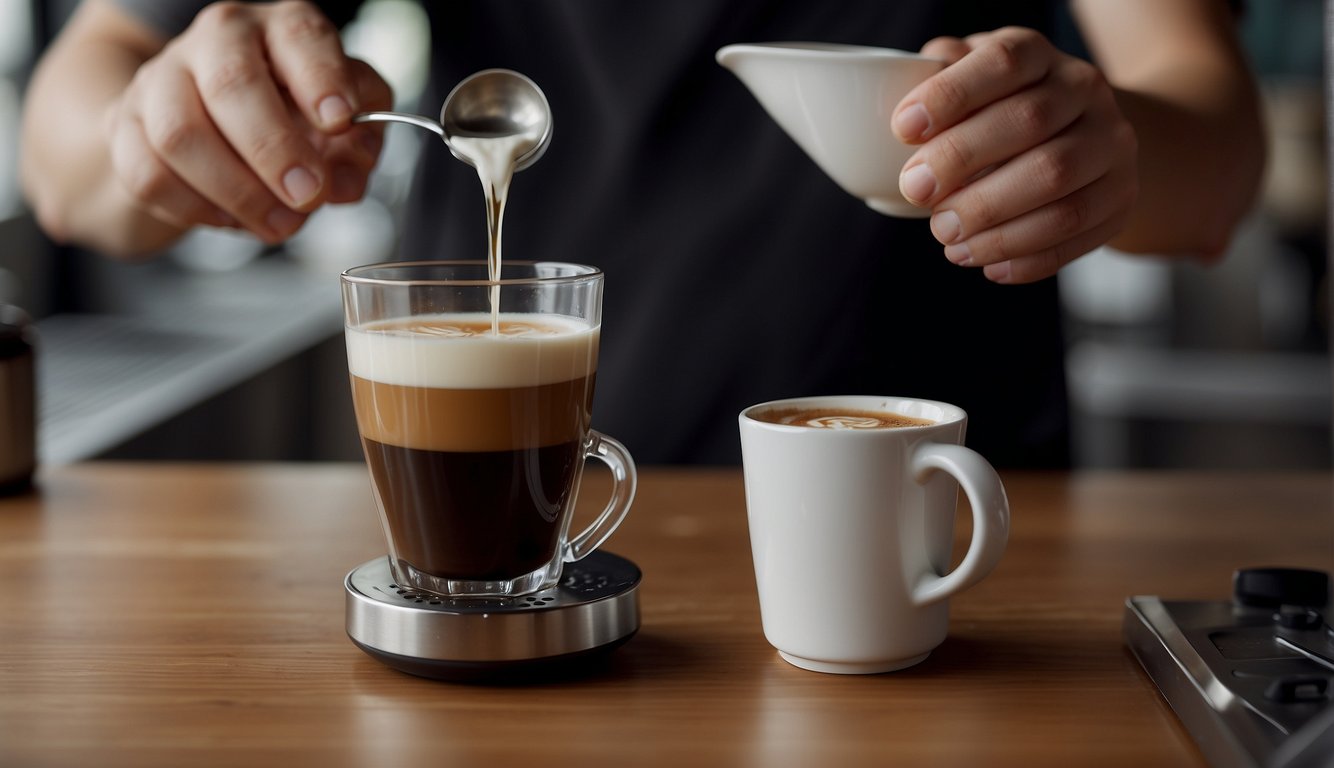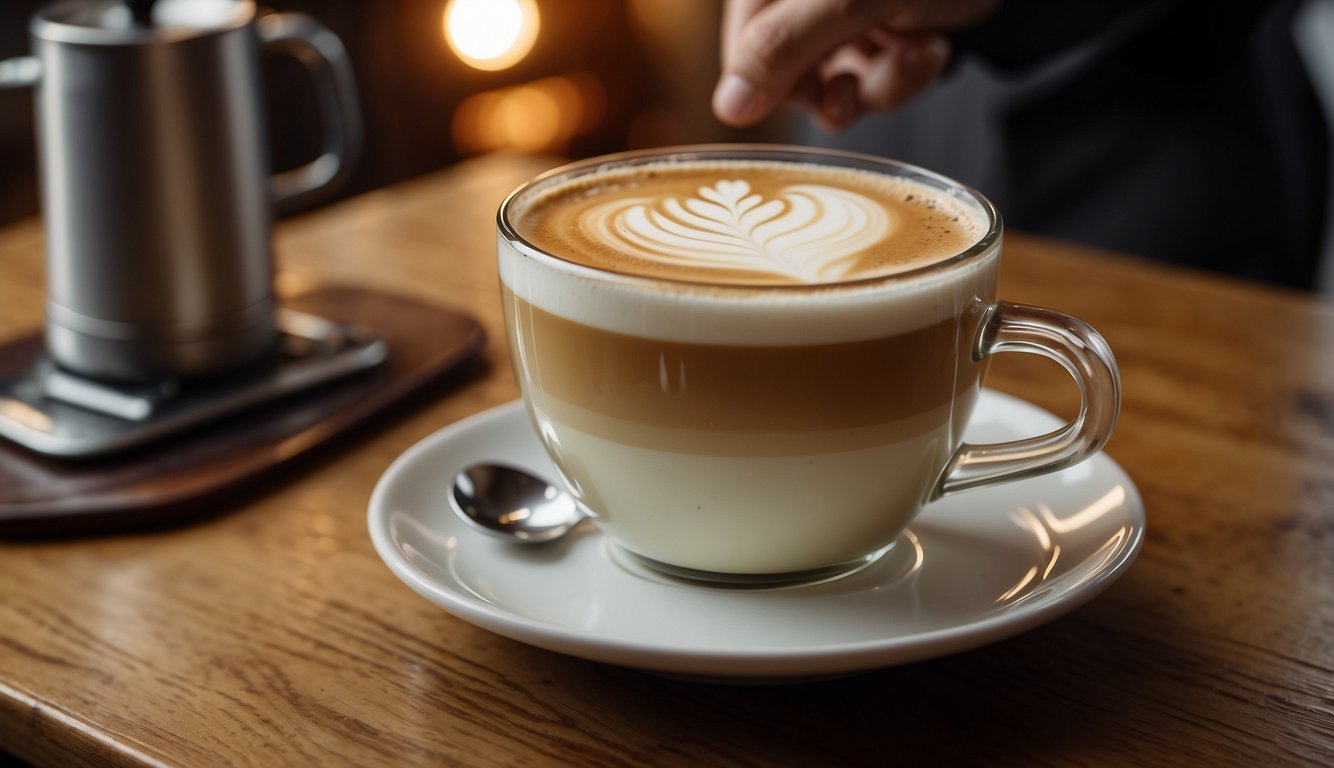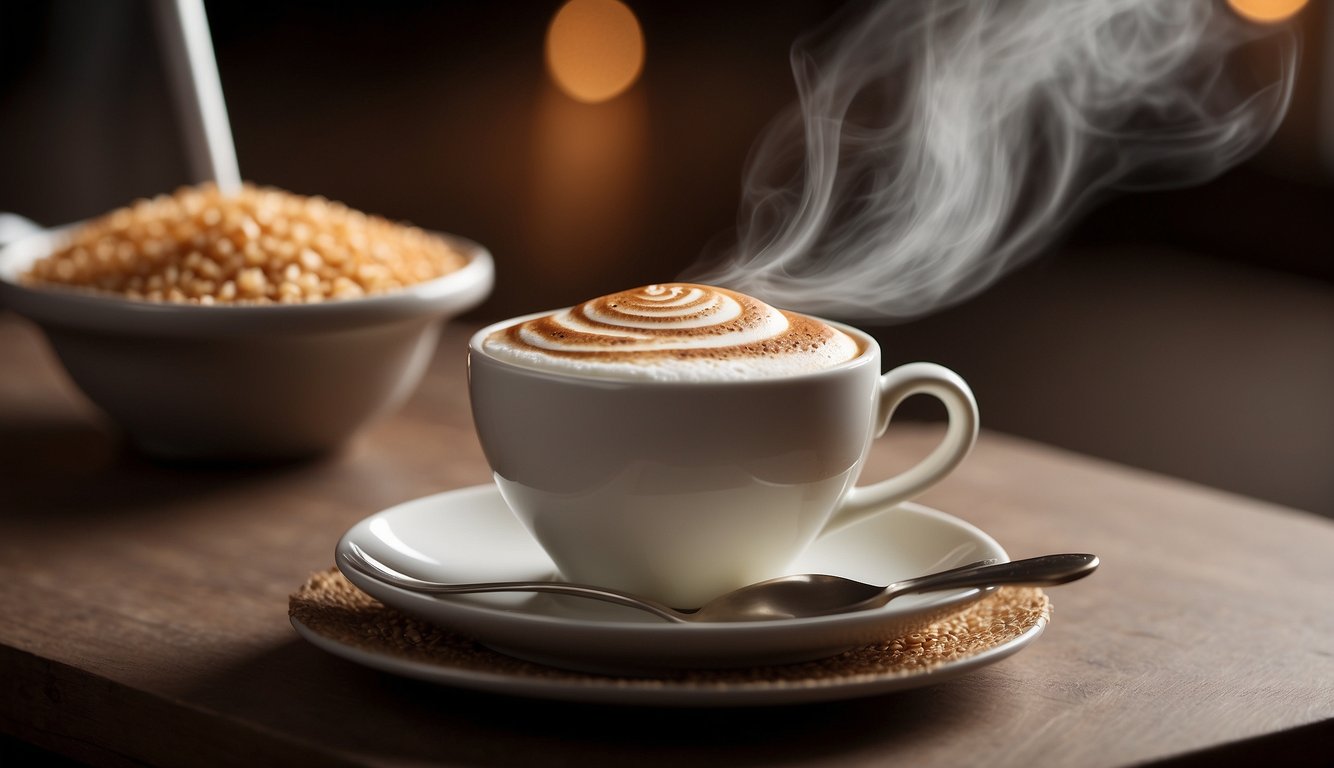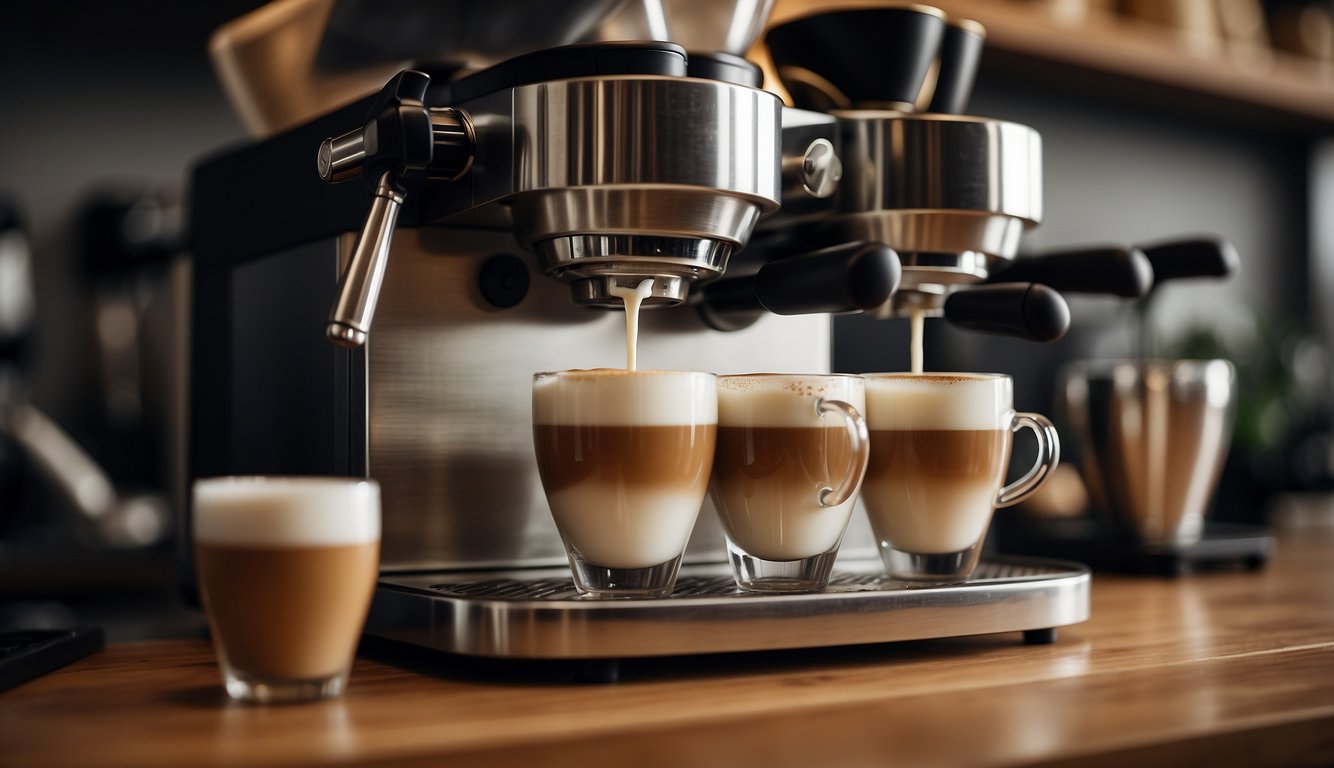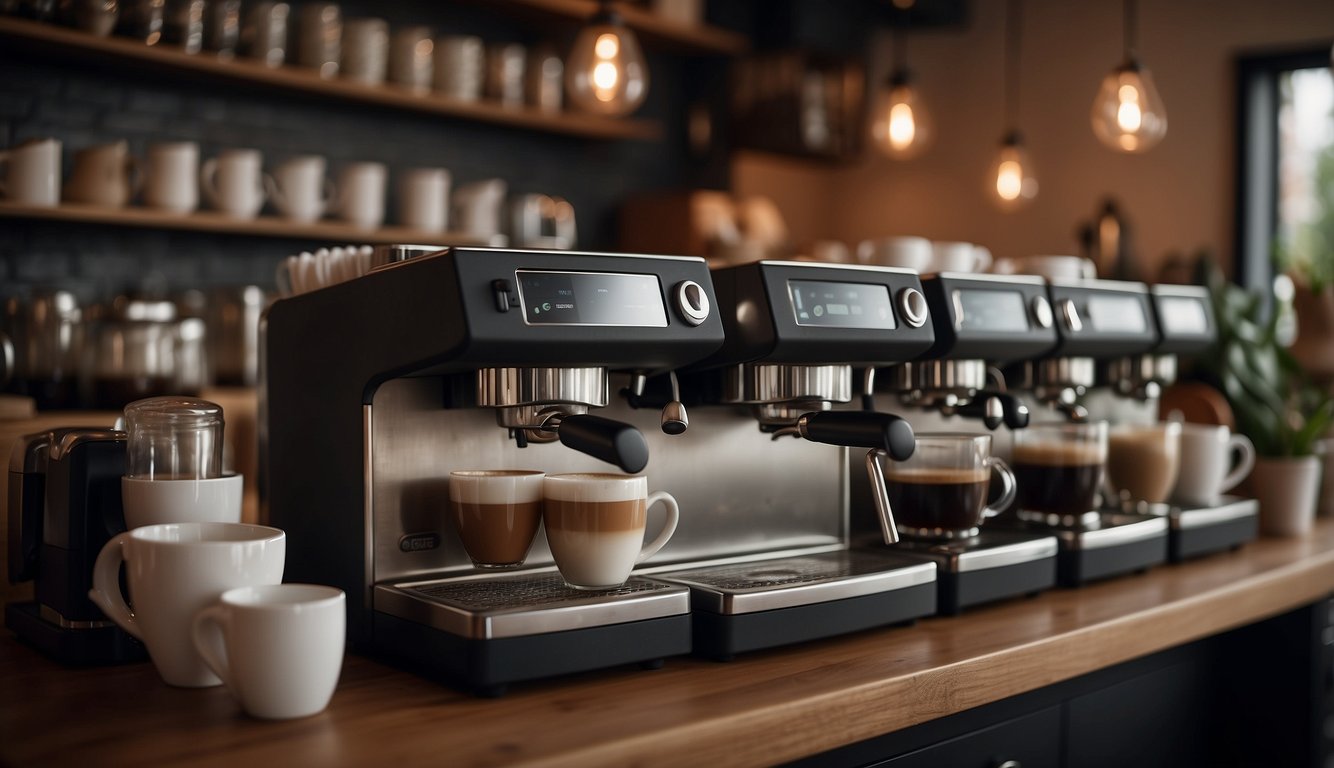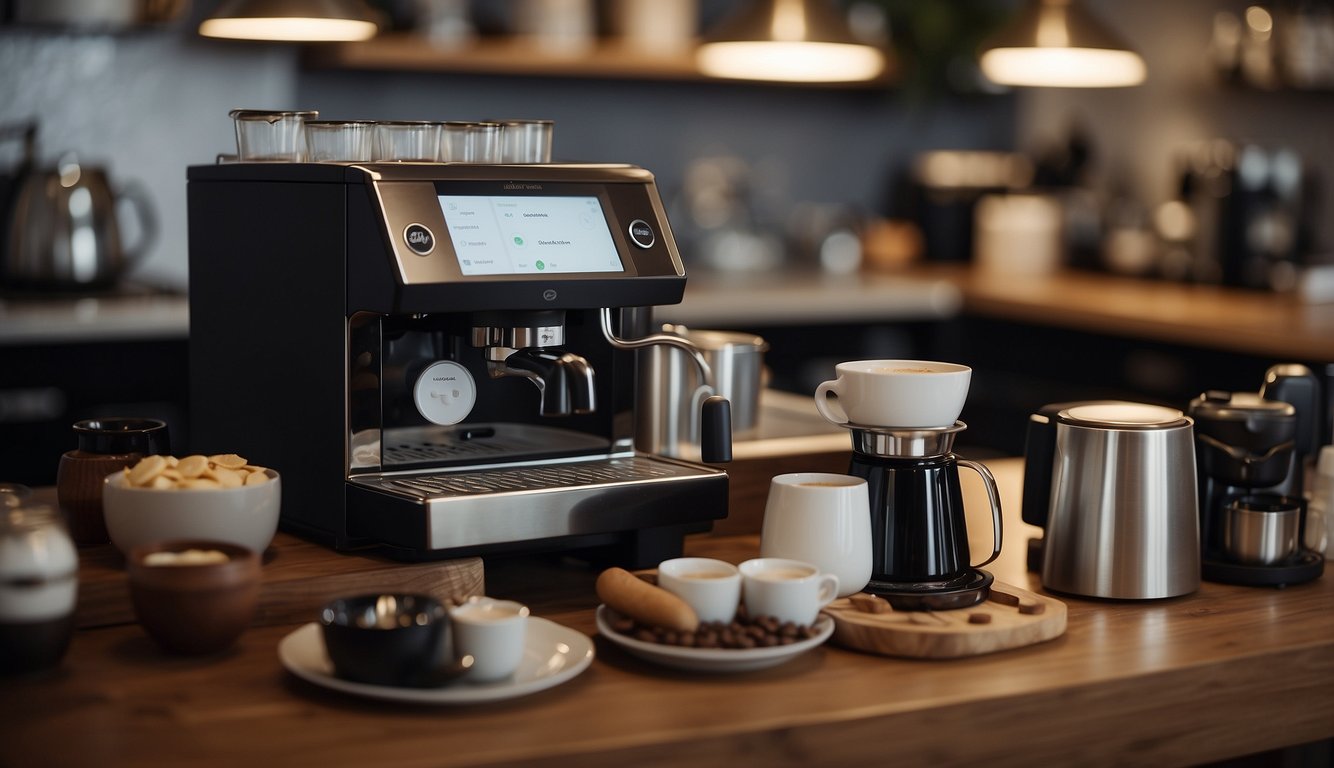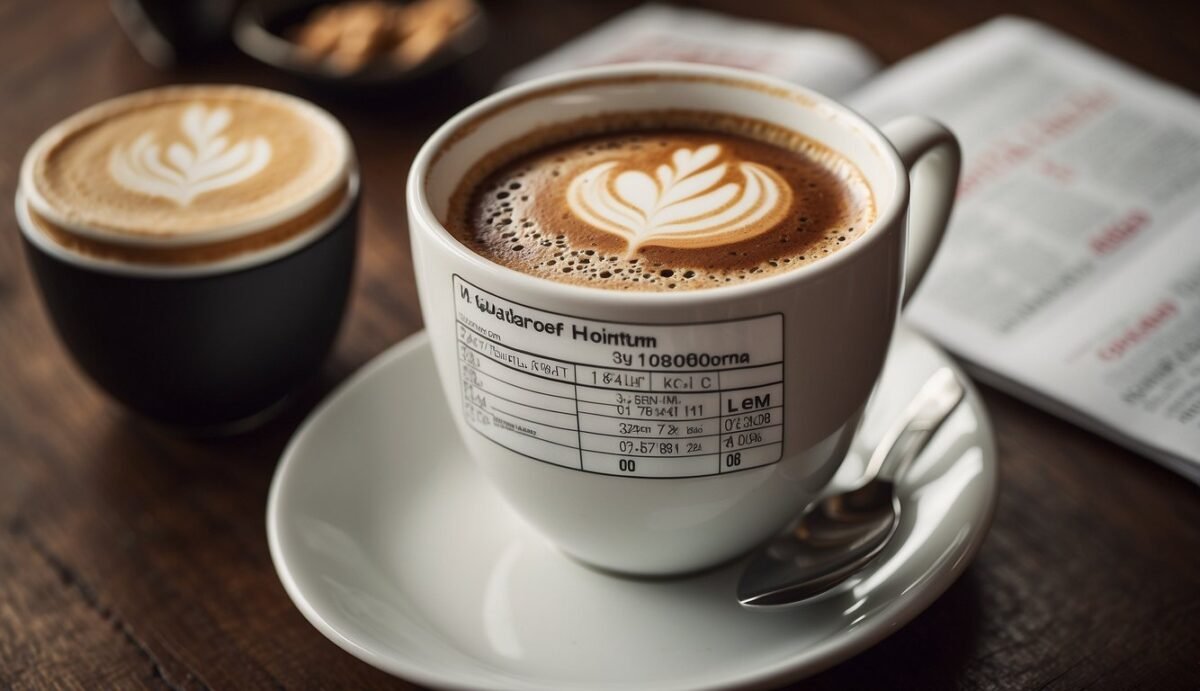The Fetco Extractor CBS-2151XTS Coffee Brewer is a top-of-the-line coffee brewing machine that is perfect for coffee shops, restaurants, and other foodservice establishments. This coffee brewer is designed to produce high-quality coffee quickly and consistently, making it a great choice for busy establishments that need to keep up with customer demand.
With its advanced features and user-friendly design, the Fetco Extractor CBS-2151XTS Coffee Brewer is an excellent choice for anyone looking for a reliable and efficient coffee brewing machine. Whether you are a coffee shop owner or a restaurant manager, this coffee brewer is sure to meet all of your needs and exceed your expectations. So if you are looking for a high-quality coffee brewing machine that is easy to use and produces great-tasting coffee every time, the Fetco Extractor CBS-2151XTS Coffee Brewer is definitely worth considering.
Key Takeaways
- The Fetco Extractor CBS-2151XTS Coffee Brewer is a top-of-the-line coffee brewing machine that is perfect for busy foodservice establishments.
- This coffee brewer is designed to produce high-quality coffee quickly and consistently, making it a great choice for coffee shops, restaurants, and other establishments that need to keep up with customer demand.
- With its advanced features and user-friendly design, the Fetco Extractor CBS-2151XTS Coffee Brewer is an excellent choice for anyone looking for a reliable and efficient coffee brewing machine.
Product Overview
The Fetco Extractor CBS-2151XTS Coffee Brewer is a high-quality, reliable coffee brewer designed for commercial use. This coffee brewer features advanced brewing technology, including a patented brew basket design and a touchscreen interface, to deliver consistent, delicious coffee every time.
With its sleek, modern design and durable construction, the Fetco Extractor CBS-2151XTS Coffee Brewer is an excellent choice for any coffee shop, restaurant, or office. This coffee brewer is easy to use and maintain, making it a great option for busy establishments.
Some of the key features of the Fetco Extractor CBS-2151XTS Coffee Brewer include:
- Patented brew basket design for optimal extraction
- Touchscreen interface for easy programming and operation
- Multiple brew settings for customized brewing
- Hot water dispenser for tea and other hot beverages
- Energy-saving mode for reduced energy consumption
Overall, the Fetco Extractor CBS-2151XTS Coffee Brewer is a top-of-the-line coffee brewer that delivers consistent, high-quality coffee with ease. Whether you’re looking for a reliable coffee brewer for your business or simply want to enjoy great coffee at home, the Fetco Extractor CBS-2151XTS Coffee Brewer is an excellent choice.
Technical Specifications
Brewing Capacity
The Fetco Extractor CBS-2151XTS Coffee Brewer is designed to provide high-quality coffee in large quantities. It has a brewing capacity of up to 1.5 gallons (5.7 liters) per batch, making it ideal for busy cafes, restaurants, and catering services. The brewer is also equipped with a hot water faucet that can dispense up to 4.2 gallons (15.9 liters) of hot water per hour, making it convenient for making tea, hot chocolate, and other hot beverages.
Power Requirements
The Fetco Extractor CBS-2151XTS Coffee Brewer requires a 120/208-240V electrical connection and a dedicated 30-amp circuit. It has a power rating of 6,600 watts and draws a maximum of 27.5 amps. The brewer also requires a water supply with a minimum pressure of 20 psi (138 kPa) and a maximum pressure of 90 psi (620 kPa).
Physical Dimensions
The Fetco Extractor CBS-2151XTS Coffee Brewer measures 34.4 inches (87.4 cm) in height, 20.5 inches (52.1 cm) in width, and 21.5 inches (54.6 cm) in depth. It weighs approximately 75 pounds (34 kg) when empty and can hold up to 1.5 gallons (5.7 liters) of water. The brewer is constructed with durable stainless steel and has a sleek, modern design that will complement any commercial kitchen or coffee shop.
Overall, the Fetco Extractor CBS-2151XTS Coffee Brewer is a reliable and efficient coffee brewing solution that can meet the demands of high-volume establishments. Its large brewing capacity, powerful heating system, and durable construction make it an excellent choice for anyone looking to provide high-quality coffee to their customers.
Design and Features
User Interface
The Fetco Extractor CBS-2151XTS Coffee Brewer features a user-friendly interface that allows for easy operation and customization. The intuitive touch screen display provides access to various brewing parameters, including brew volume, brew time, and temperature. Users can easily adjust these settings to create the perfect cup of coffee that meets their preferences.
Brewing Technology
The Fetco Extractor CBS-2151XTS Coffee Brewer utilizes advanced brewing technology to ensure consistent and high-quality coffee extraction. The brewer features a patented Cascading Spray Dome, which evenly distributes hot water over the coffee grounds to ensure maximum extraction. Additionally, the brewer’s Pulse-Brew technology allows for precise control over the brewing process, resulting in a rich and flavorful cup of coffee every time.
Construction Materials
The Fetco Extractor CBS-2151XTS Coffee Brewer is constructed with high-quality materials that ensure durability and longevity. The brewer features a stainless steel body that is resistant to corrosion and damage from heat and moisture. The brewer’s internal components are also made of high-quality materials that are designed to withstand the rigors of daily use.
Overall, the Fetco Extractor CBS-2151XTS Coffee Brewer is a top-of-the-line coffee brewing machine that offers advanced features and technology to produce high-quality coffee consistently. Its user-friendly interface, advanced brewing technology, and durable construction make it an excellent choice for coffee enthusiasts and professionals alike.
Installation Guide
Setup Process
Installing the Fetco Extractor CBS-2151XTS Coffee Brewer is a straightforward process that can be completed by following a few simple steps. First, ensure that the installation location has adequate space and ventilation. Next, unpack the unit and remove any packaging materials. Place the unit on a level surface and adjust the feet as necessary to ensure stability.
Plumbing Requirements
The Fetco Extractor CBS-2151XTS Coffee Brewer requires a dedicated water line with a minimum flow rate of 1.5 gallons per minute and a maximum pressure of 90 PSI. The unit comes with a 3/8-inch water inlet and drain line, so ensure that the plumbing is compatible with these specifications. It is recommended to install a water filtration system to protect the unit from sediment and mineral buildup.
Electrical Setup
The Fetco Extractor CBS-2151XTS Coffee Brewer requires a 120V, 15A electrical connection. Ensure that the power source is grounded and that the circuit breaker is rated appropriately. The unit comes with a 6-foot power cord, so ensure that the outlet is within reach. It is recommended to use a surge protector to protect the unit from electrical surges.
Overall, installing the Fetco Extractor CBS-2151XTS Coffee Brewer is a simple process that can be completed with basic plumbing and electrical knowledge. Ensure that all specifications are met and that the unit is installed in a suitable location to ensure optimal performance.
Operation Instructions
Brewing Process
To begin brewing coffee with the Fetco Extractor CBS-2151XTS Coffee Brewer, first ensure that the brewer is properly connected to a power source. Then, fill the brew basket with the desired amount of coffee grounds and place the basket onto the brewer. Next, fill the water tank with the appropriate amount of water for the desired batch size.
To start the brewing process, press the “Start” button on the control panel. The brewer will begin the pre-infusion process, followed by the main brew cycle. Once the brewing process is complete, the brewed coffee will be dispensed into the designated server or airpot.
Maintenance Modes
The Fetco Extractor CBS-2151XTS Coffee Brewer has two maintenance modes: “Clean” and “Descale”. To activate the “Clean” mode, press and hold the “Clean” button on the control panel for 3 seconds. The brewer will then enter the cleaning cycle, which will remove any buildup or residue in the brewer.
To activate the “Descale” mode, press and hold the “Descale” button on the control panel for 3 seconds. The brewer will then enter the descaling cycle, which will remove any mineral buildup in the brewer’s plumbing system.
Programming Options
The Fetco Extractor CBS-2151XTS Coffee Brewer has several programming options that allow for customization of the brewing process. These options include brew volume, brew time, and brew temperature.
To access the programming options, press and hold the “Program” button on the control panel for 3 seconds. The display will then show the current programming settings. Use the arrow buttons to navigate through the programming options, and use the “Enter” button to select and adjust the desired settings.
Overall, the Fetco Extractor CBS-2151XTS Coffee Brewer is a reliable and versatile brewing system that offers a range of features for optimal coffee brewing. With proper use and maintenance, this brewer can consistently produce high-quality coffee for any setting.
Cleaning and Maintenance
Daily Cleaning
To ensure the best quality coffee, the Fetco Extractor CBS-2151XTS Coffee Brewer should be cleaned daily. The following steps should be taken:
- Wipe down the exterior of the brewer with a damp cloth.
- Remove and clean the brew basket and spray disk with warm, soapy water.
- Rinse the basket and spray disk thoroughly with water and dry them.
- Clean the server with warm, soapy water, and rinse it thoroughly with water.
Periodic Maintenance
In addition to daily cleaning, periodic maintenance is necessary to keep the Fetco Extractor CBS-2151XTS Coffee Brewer in top condition. The following maintenance tasks should be performed:
- Replace the brew basket and spray disk every three months.
- Check the spray disk for clogs and replace it if necessary.
- Inspect the brew basket for any signs of damage or wear and replace it if necessary.
- Check the server for cracks or other damage and replace it if necessary.
Descaling Procedure
Over time, mineral buildup can occur in the brewer’s water system, affecting the taste of the coffee. To prevent this, the brewer should be descaled periodically using a Fetco-approved descaling solution. The following steps should be taken:
- Turn off the brewer and unplug it from the electrical outlet.
- Remove the spray disk and brew basket.
- Mix the descaling solution according to the manufacturer’s instructions and pour it into the water tank.
- Place the spray disk and brew basket back into the brewer.
- Turn on the brewer and start a brew cycle.
- Allow the solution to cycle through the brewer and server.
- Once the cycle is complete, turn off the brewer and unplug it from the electrical outlet.
- Empty the server and rinse it thoroughly with water.
- Refill the water tank with clean water and run a brew cycle to rinse the system.
- Repeat the rinse cycle until the water runs clear.
By following these cleaning and maintenance procedures, the Fetco Extractor CBS-2151XTS Coffee Brewer will continue to produce high-quality coffee for years to come.
Troubleshooting
Common Issues
The Fetco Extractor CBS-2151XTS Coffee Brewer is a reliable machine, but sometimes issues can arise. Here are some common issues and their possible solutions:
-
Coffee is not hot enough: If the coffee is not hot enough, check the temperature setting. The temperature should be set between 195°F and 205°F. If the setting is correct, then the problem could be with the heating element or thermostat. Contact a qualified technician for service.
-
Brew cycle is too slow: If the brew cycle is taking too long, check the water pressure. The water pressure should be between 20 and 90 psi. If the pressure is too low, the brew cycle will be slow. If the pressure is correct, then the problem could be with the spray head or filter basket. Clean or replace them as necessary.
-
Coffee tastes bad: If the coffee tastes bad, check the quality of the water and the coffee beans. Use filtered water and fresh, high-quality beans. If the problem persists, then the problem could be with the spray head or filter basket. Clean or replace them as necessary.
Diagnostic Functions
The Fetco Extractor CBS-2151XTS Coffee Brewer has built-in diagnostic functions to help troubleshoot issues. Here are the steps to access the diagnostic functions:
- Press and hold the “Brew” button for 5 seconds.
- The display will show “dIAG” and a number.
- Press the “Brew” button to cycle through the diagnostic functions.
- The display will show the current value of the function.
- Press the “Brew” button to change the value.
- Press and hold the “Brew” button to exit the diagnostic functions.
Service and Repairs
If the issue cannot be resolved with the common solutions or diagnostic functions, then the machine may require service or repairs. Contact a qualified technician for assistance. It is important to only use authorized Fetco service providers to ensure the machine is serviced correctly and to maintain the warranty.
Accessories and Add-Ons
The Fetco Extractor CBS-2151XTS Coffee Brewer comes with a variety of accessories and add-ons that make it a versatile and convenient coffee brewing machine. Here are some of the most notable ones:
-
Single Cup Adaptor: This adaptor allows users to brew single cups of coffee directly into a mug or travel tumbler. It is perfect for those who want to enjoy a quick cup of coffee without having to brew an entire pot.
-
Thermal Dispenser: The thermal dispenser keeps coffee hot for hours without the need for a hot plate or warming tray. It is perfect for busy offices or events where coffee needs to be available for extended periods of time.
-
Hot Water Dispenser: The hot water dispenser is a convenient add-on that allows users to dispense hot water for tea, hot chocolate, or other hot beverages. It is perfect for offices or restaurants that serve a variety of hot beverages.
-
Brew Basket: The brew basket is a replacement part for the Fetco Extractor CBS-2151XTS Coffee Brewer. It is made of high-quality materials and is designed to fit perfectly into the coffee brewer. It is perfect for those who need to replace a damaged or worn-out brew basket.
-
Water Filtration System: The water filtration system is an add-on that helps to remove impurities from the water used to brew coffee. It improves the taste and quality of the coffee and helps to extend the life of the coffee brewer.
Overall, the accessories and add-ons available for the Fetco Extractor CBS-2151XTS Coffee Brewer make it a versatile and convenient coffee brewing machine that is perfect for a variety of settings.
Warranty and Support
The Fetco Extractor CBS-2151XTS Coffee Brewer comes with a 2-year warranty, which covers defects in materials and workmanship. This warranty is valid from the date of purchase and is only applicable to the original purchaser.
If any issues arise during the warranty period, the customer can contact Fetco’s customer service department for assistance. The customer service team is knowledgeable and can help troubleshoot any problems that may arise. If the issue cannot be resolved over the phone, the customer may be asked to send the unit in for repair.
Fetco offers additional support for their products through their website. They provide product manuals, instructional videos, and frequently asked questions to help customers troubleshoot and maintain their coffee brewers.
In addition to their warranty and support, Fetco also offers optional extended warranties for their products. These warranties can extend the coverage period up to 5 years and provide additional benefits such as priority service and loaner units.
Overall, Fetco provides excellent warranty and support options for their Extractor CBS-2151XTS Coffee Brewer. Customers can be confident in their purchase knowing that they have access to knowledgeable support and a solid warranty.
Frequently Asked Questions
How do I operate the FETCO Extractor CBS-2151XTS coffee brewer?
Operating the FETCO Extractor CBS-2151XTS coffee brewer is simple. First, fill the brewer with water and coffee grounds. Then, select the desired brew settings on the control panel. Finally, press the start button to begin the brewing process.
What is the recommended brew ratio for the FETCO Extractor CBS-2151XTS?
The recommended brew ratio for the FETCO Extractor CBS-2151XTS coffee brewer is 1:16. This means using 1 gram of coffee for every 16 grams of water.
What size filter should be used with the FETCO CBS-2151XTS coffee brewer?
The FETCO CBS-2151XTS coffee brewer requires a 9 3/4″ x 4 1/4″ flat bottom paper filter.
How can I troubleshoot error 101 on the FETCO CBS-2151XTS?
Error 101 on the FETCO CBS-2151XTS indicates that the brewer is not detecting a water flow. To troubleshoot this issue, check that the water supply is turned on and that the water lines are not kinked or clogged. If the issue persists, contact FETCO customer support for further assistance.
Where can I find parts for the FETCO CBS-2151XTS coffee brewer?
FETCO offers a wide range of replacement parts for the CBS-2151XTS coffee brewer. These parts can be purchased directly from FETCO or through authorized FETCO distributors.
Can I access a manual for the FETCO Extractor CBS-2151XTS online?
Yes, FETCO provides a comprehensive user manual for the CBS-2151XTS coffee brewer on their website. The manual includes detailed instructions for operating and maintaining the brewer, as well as troubleshooting tips and other helpful information.

